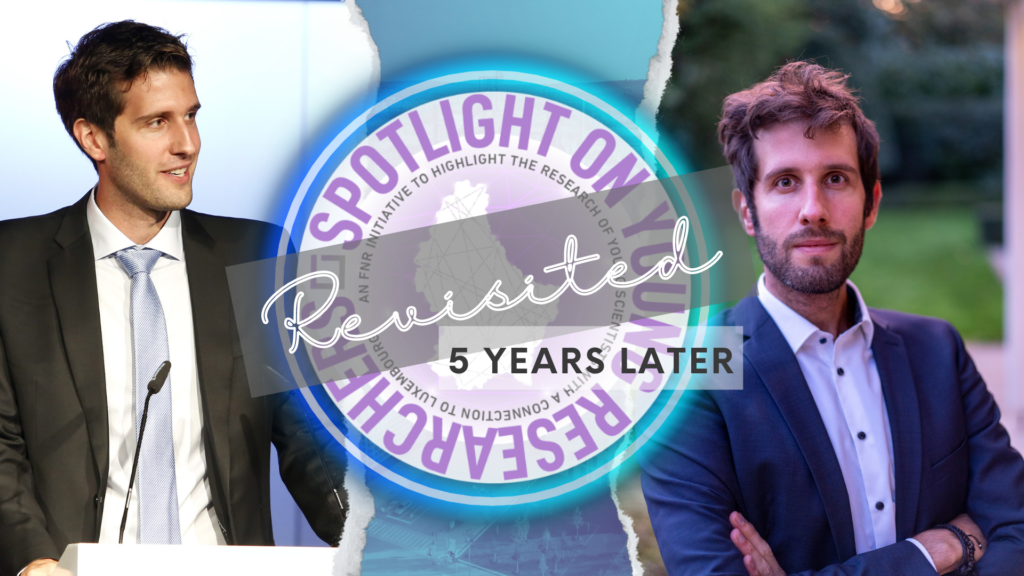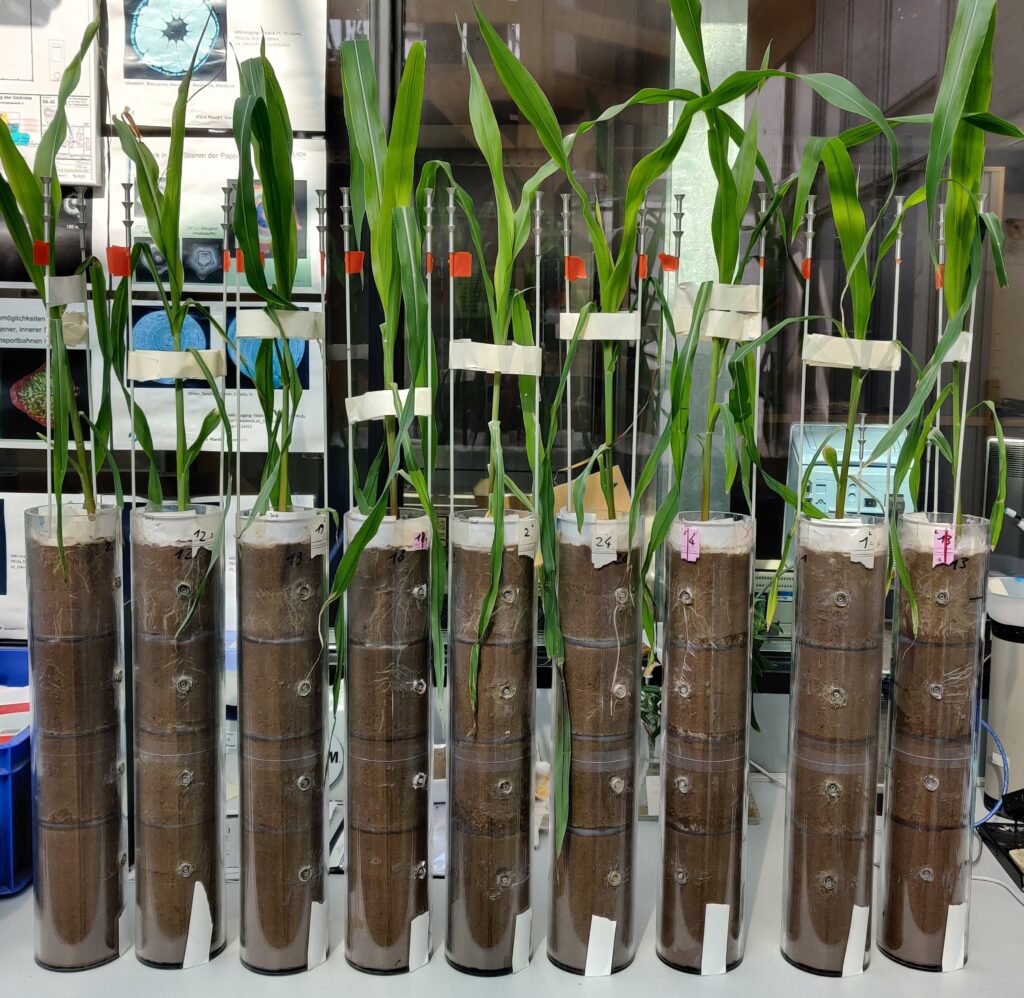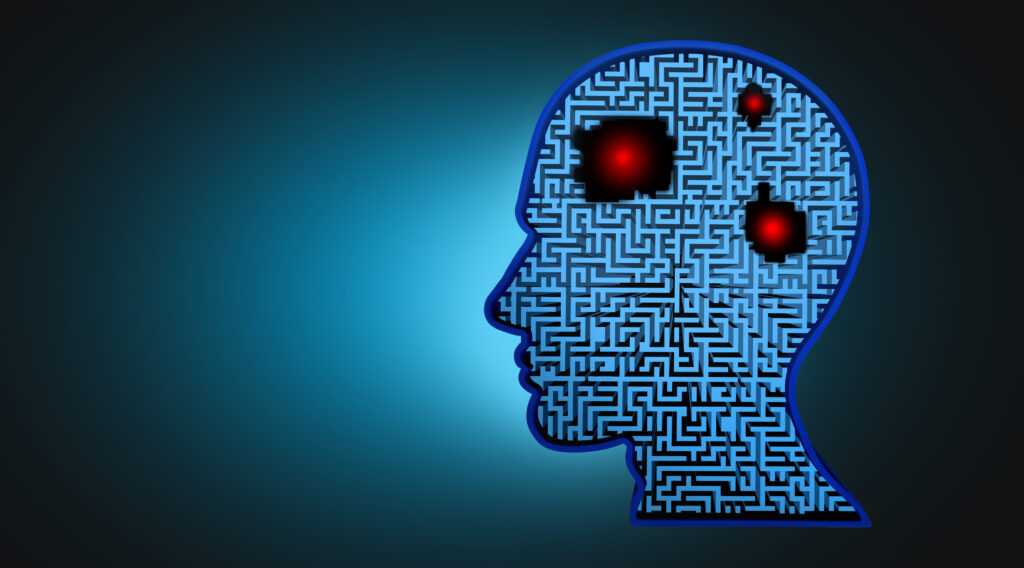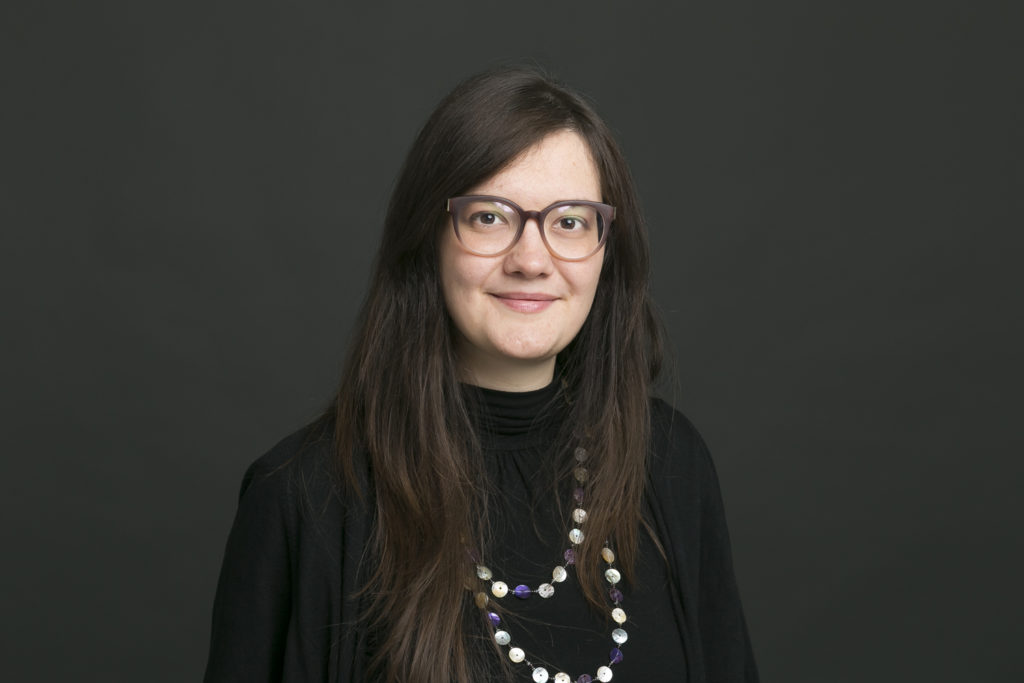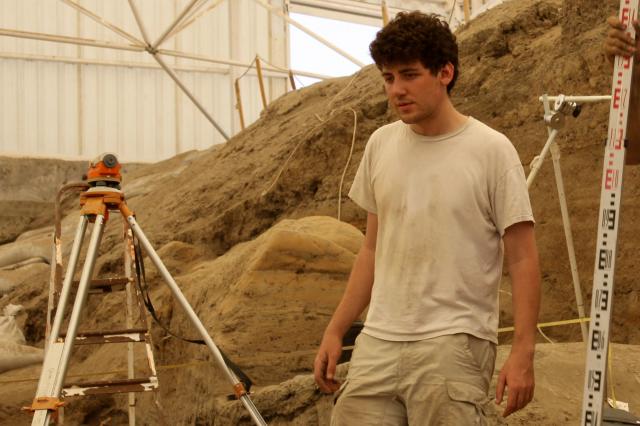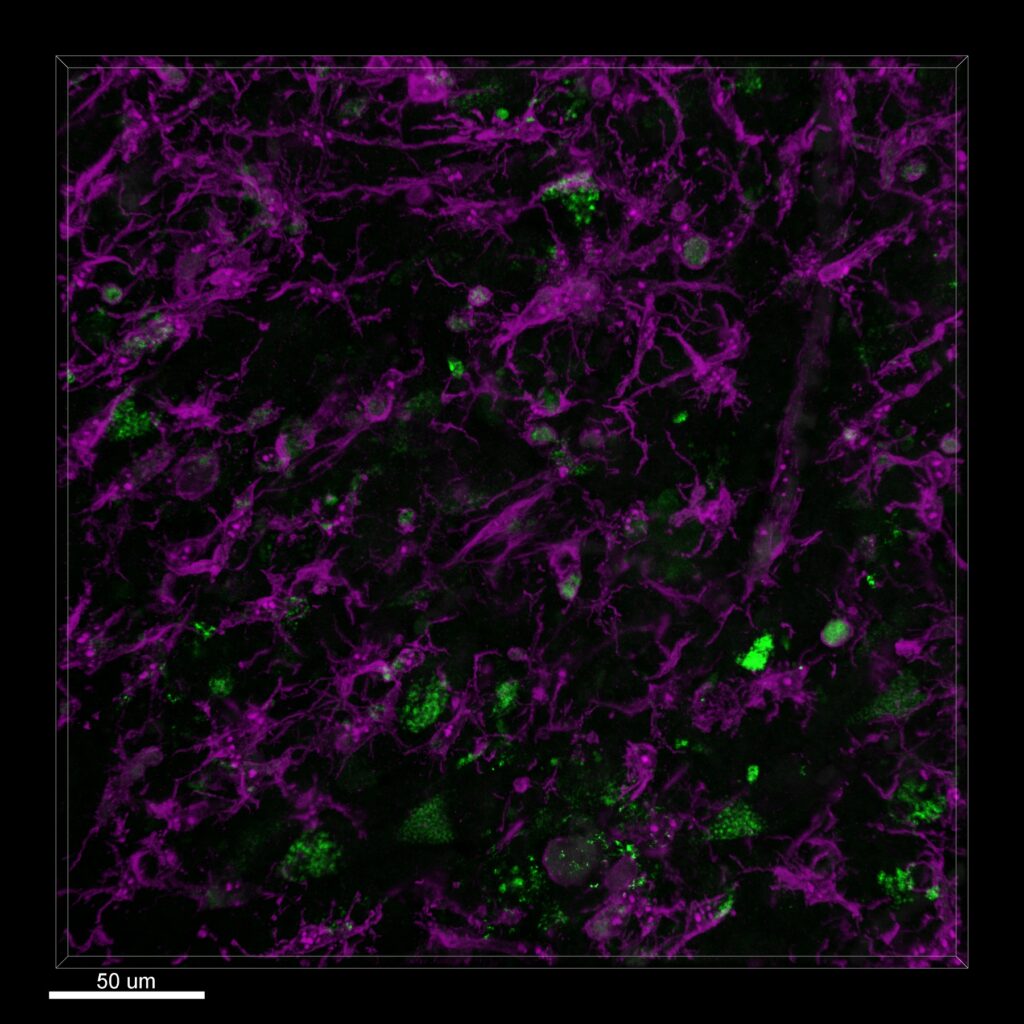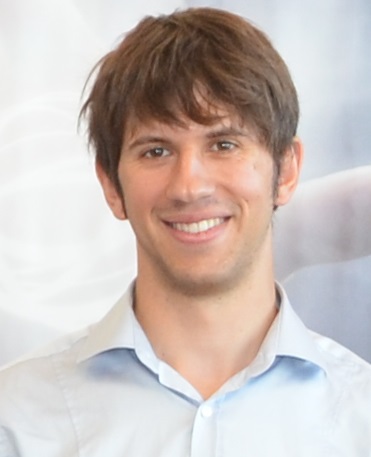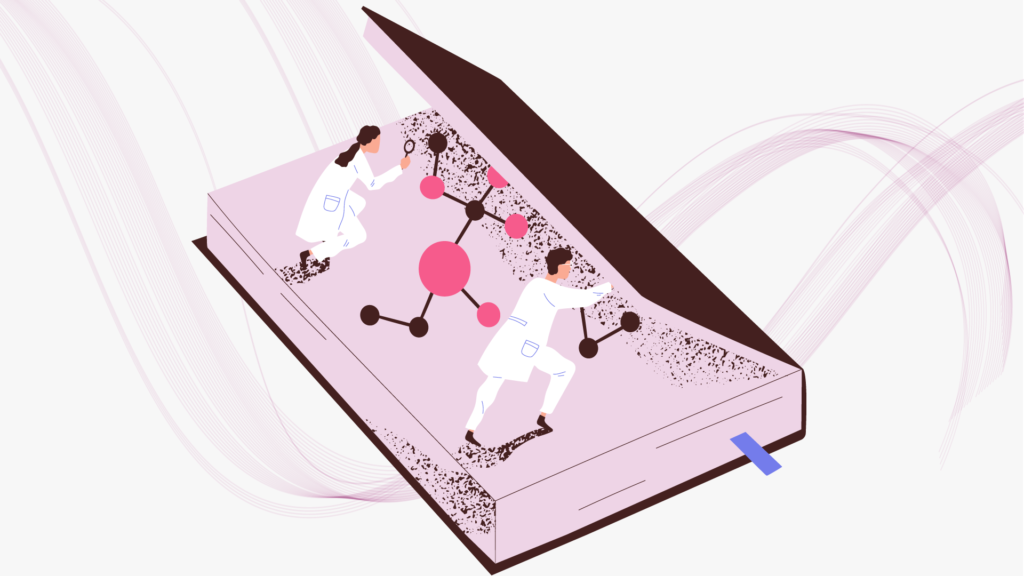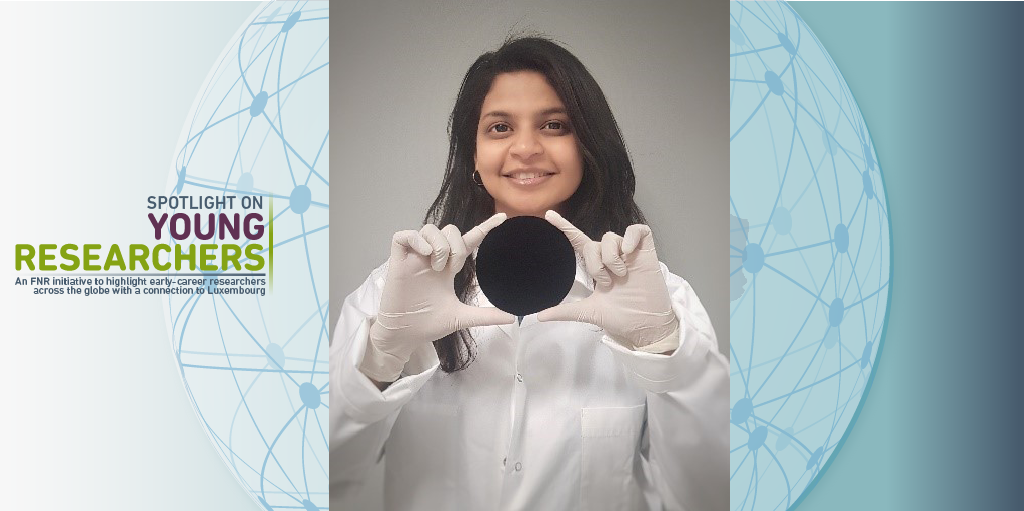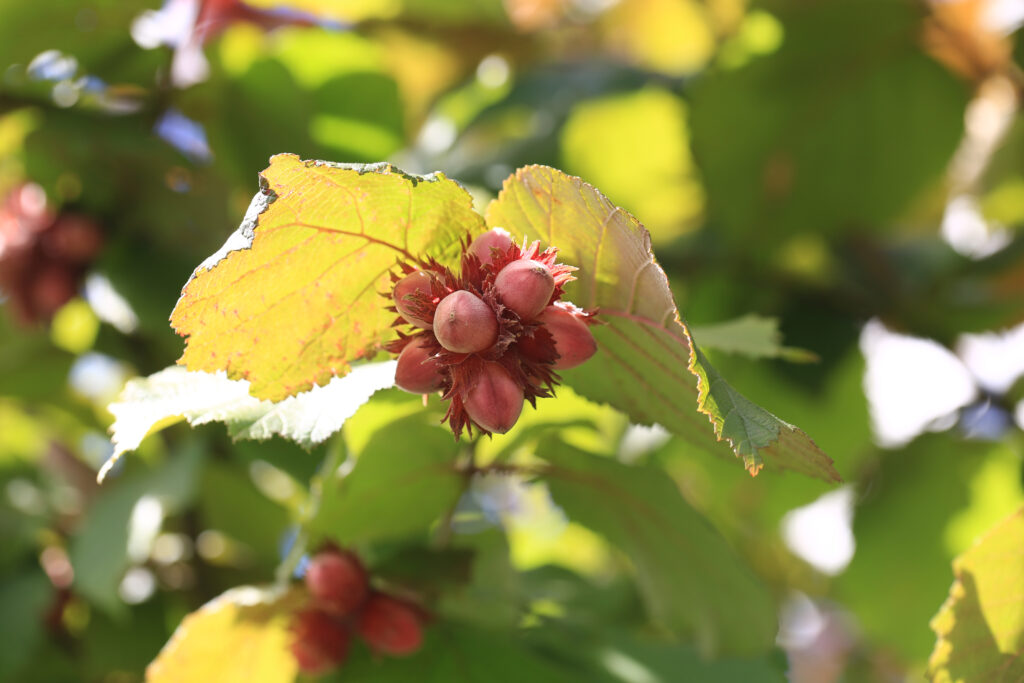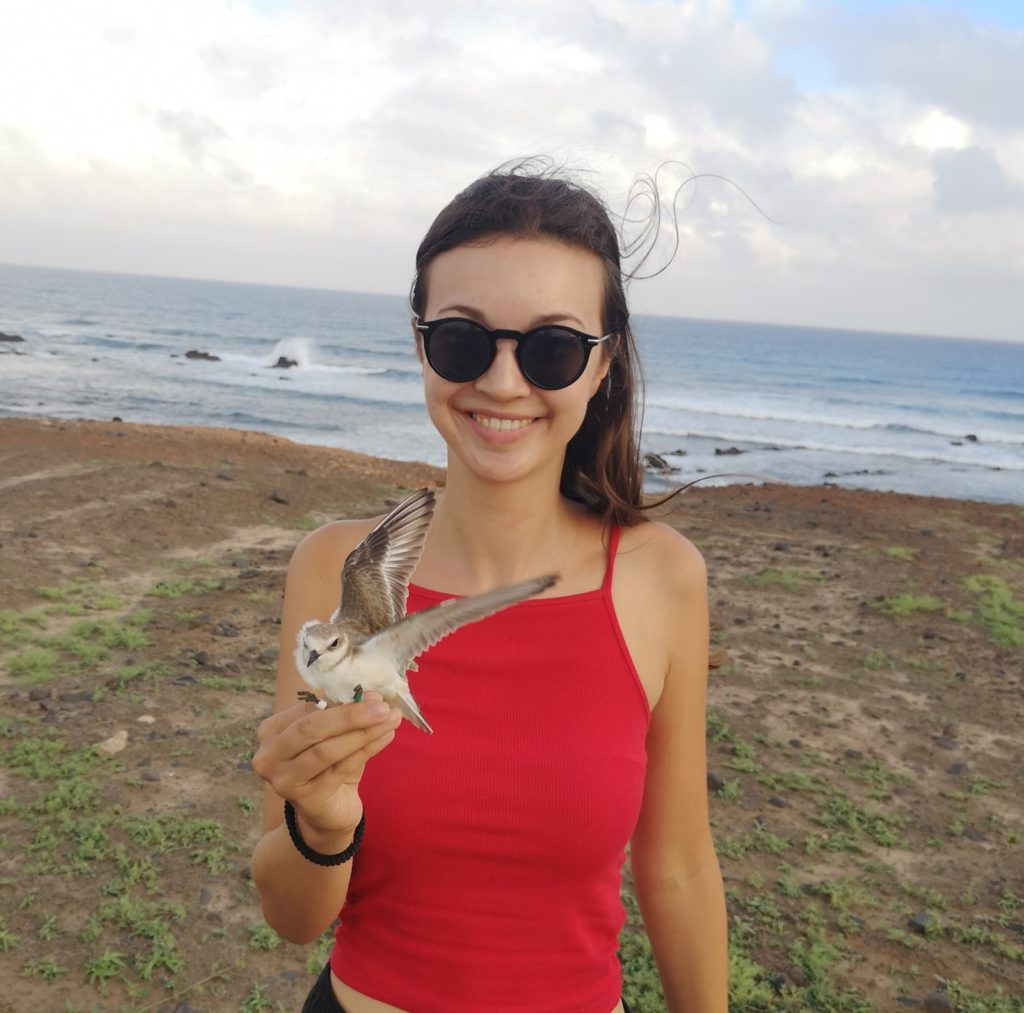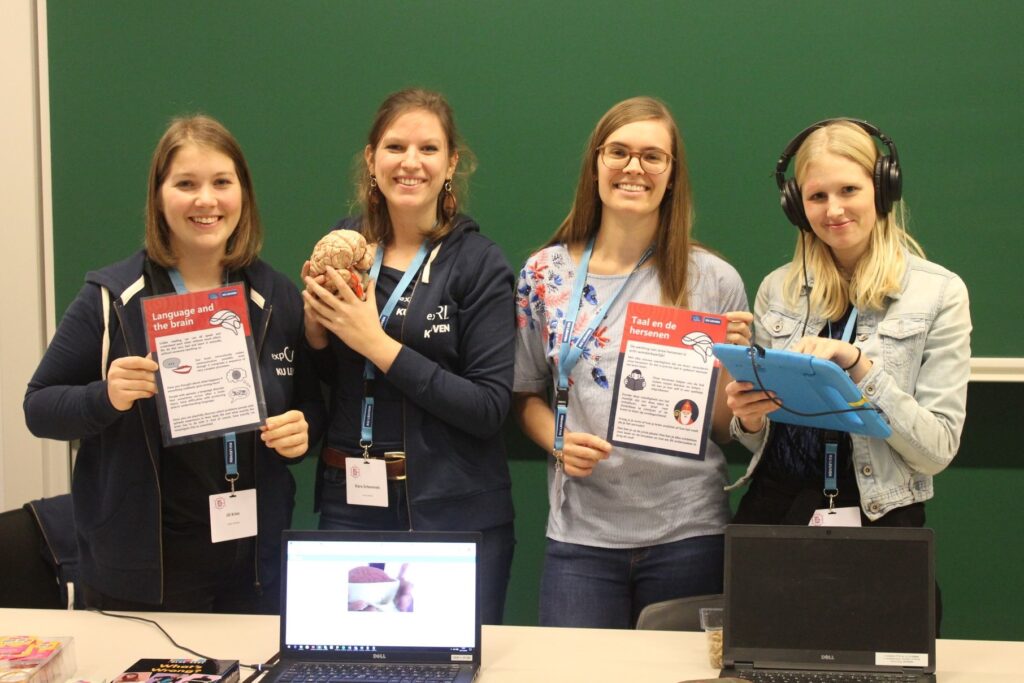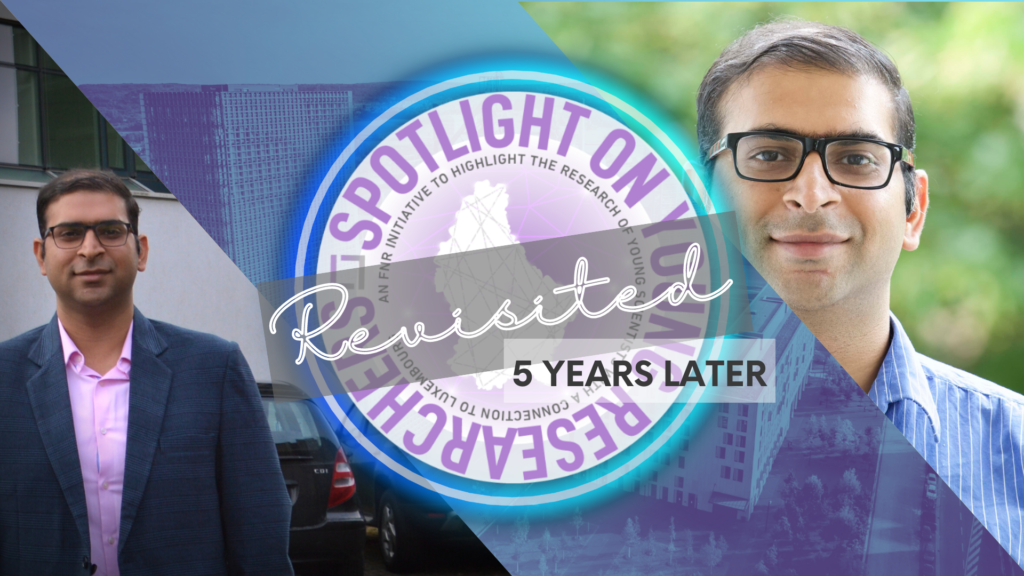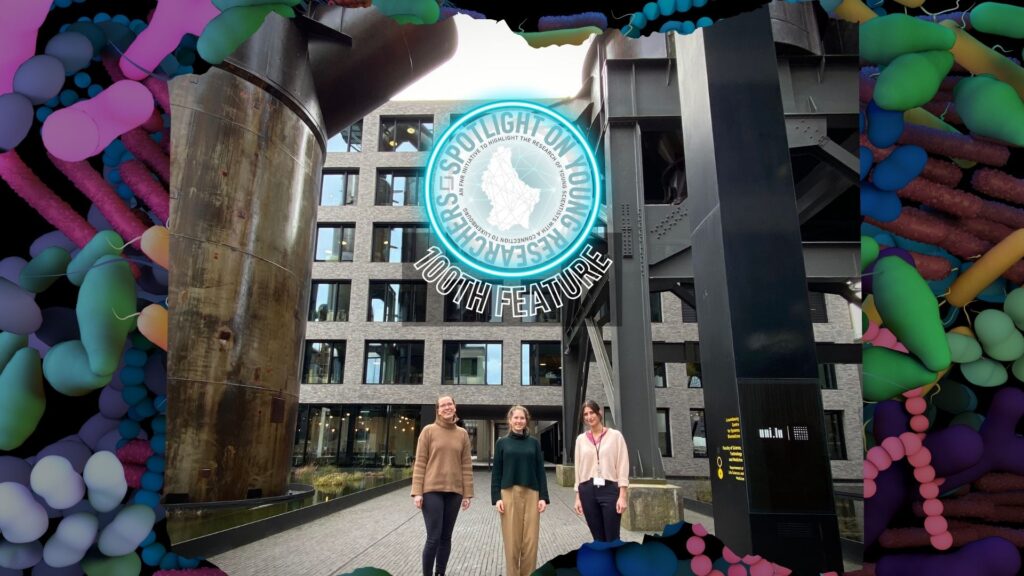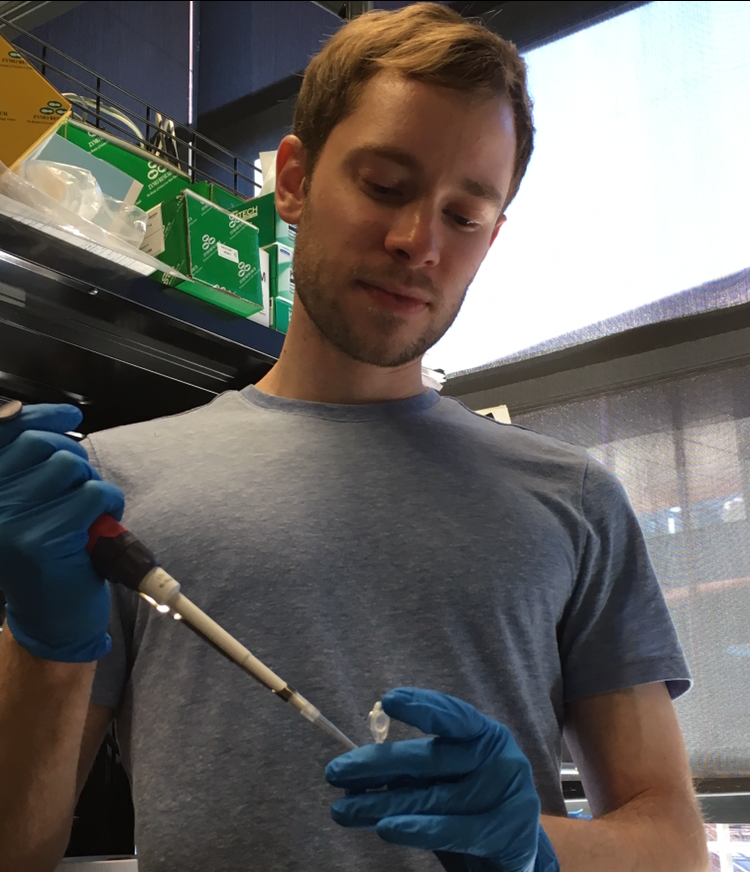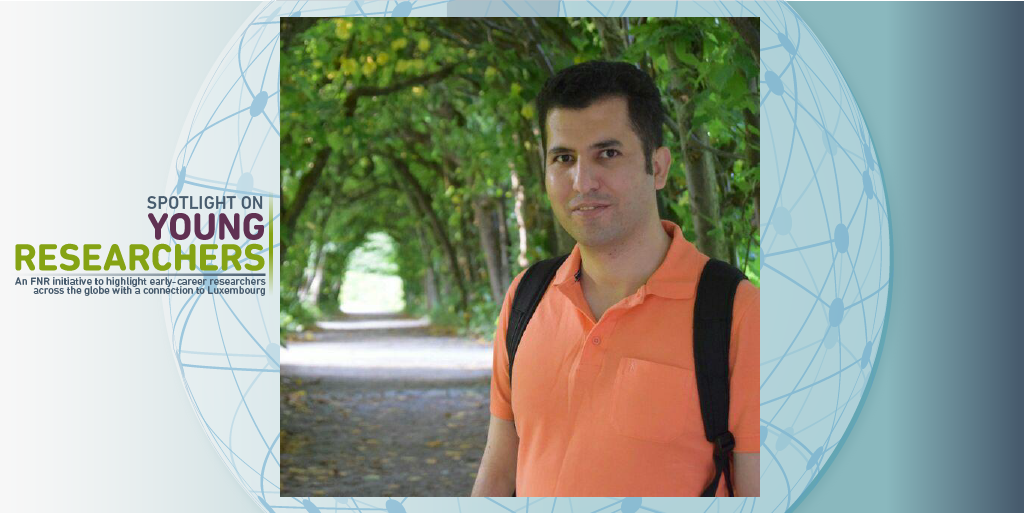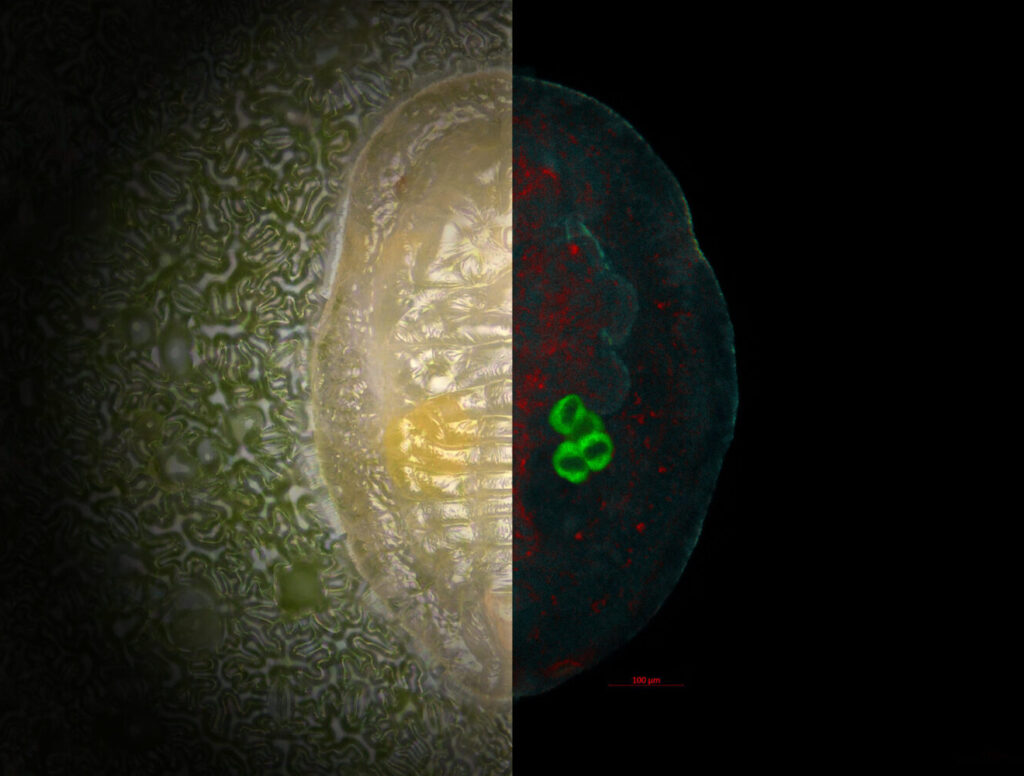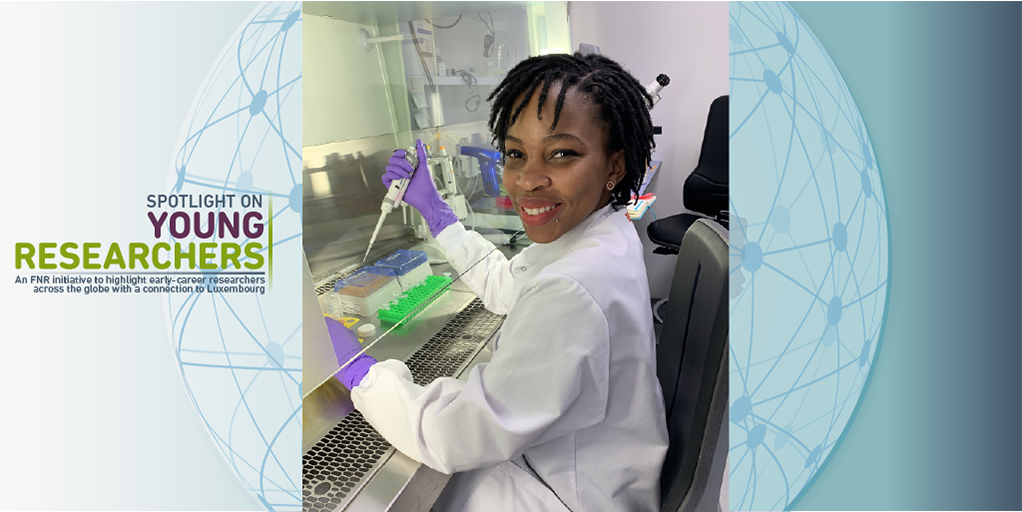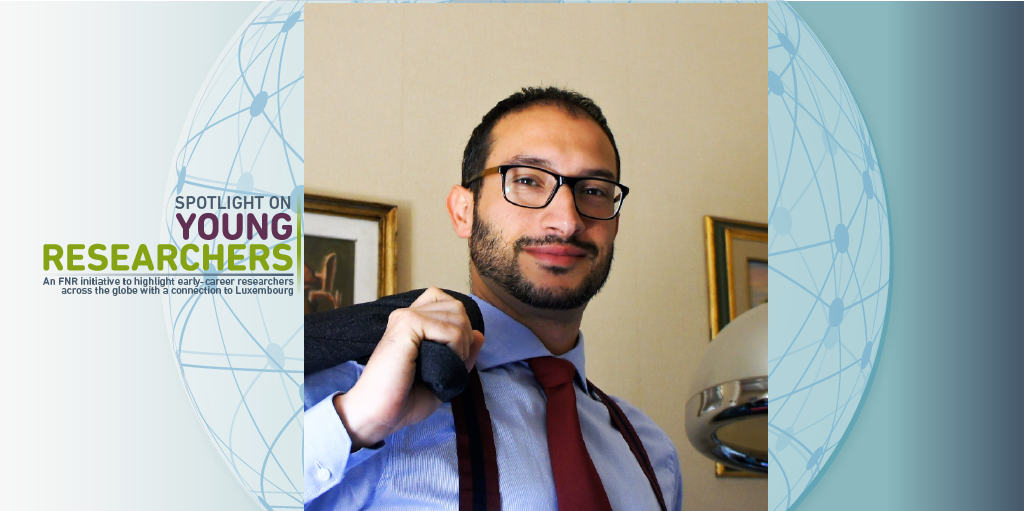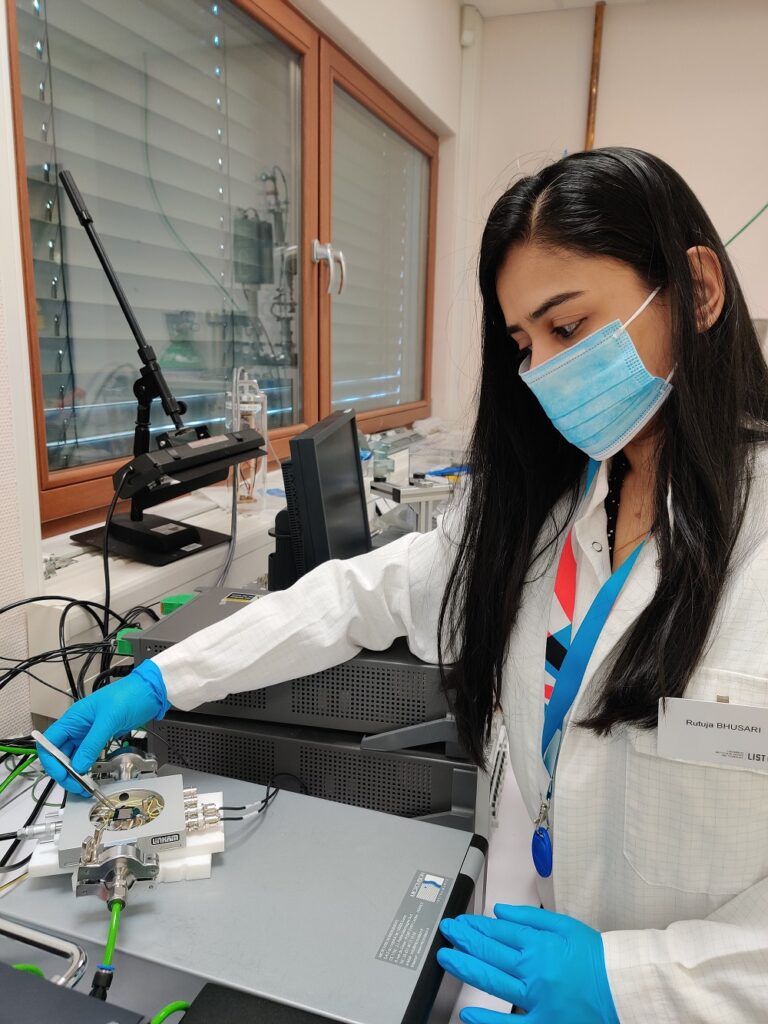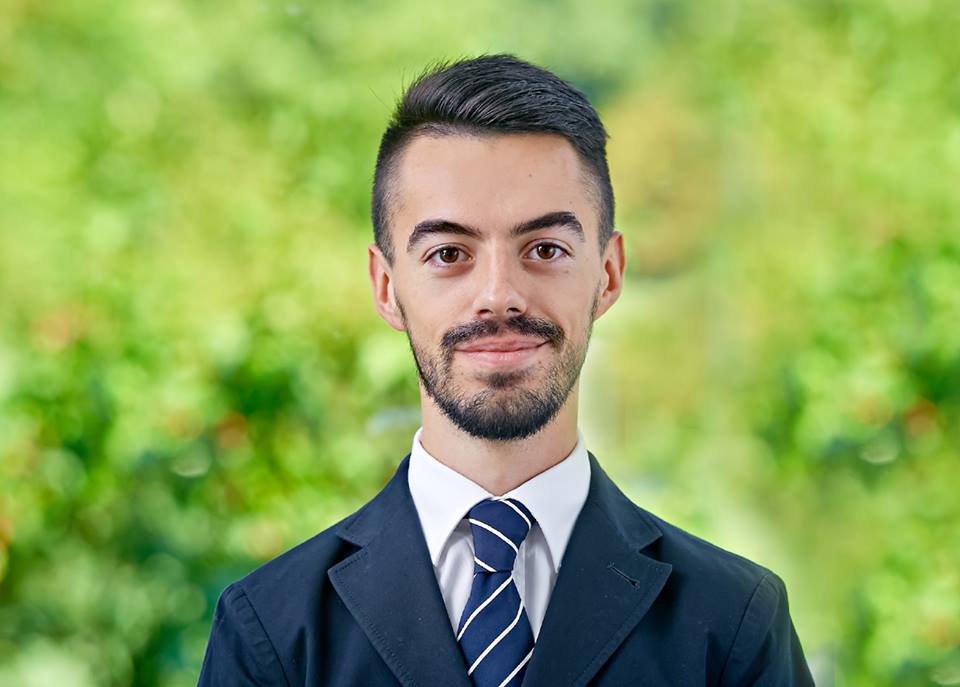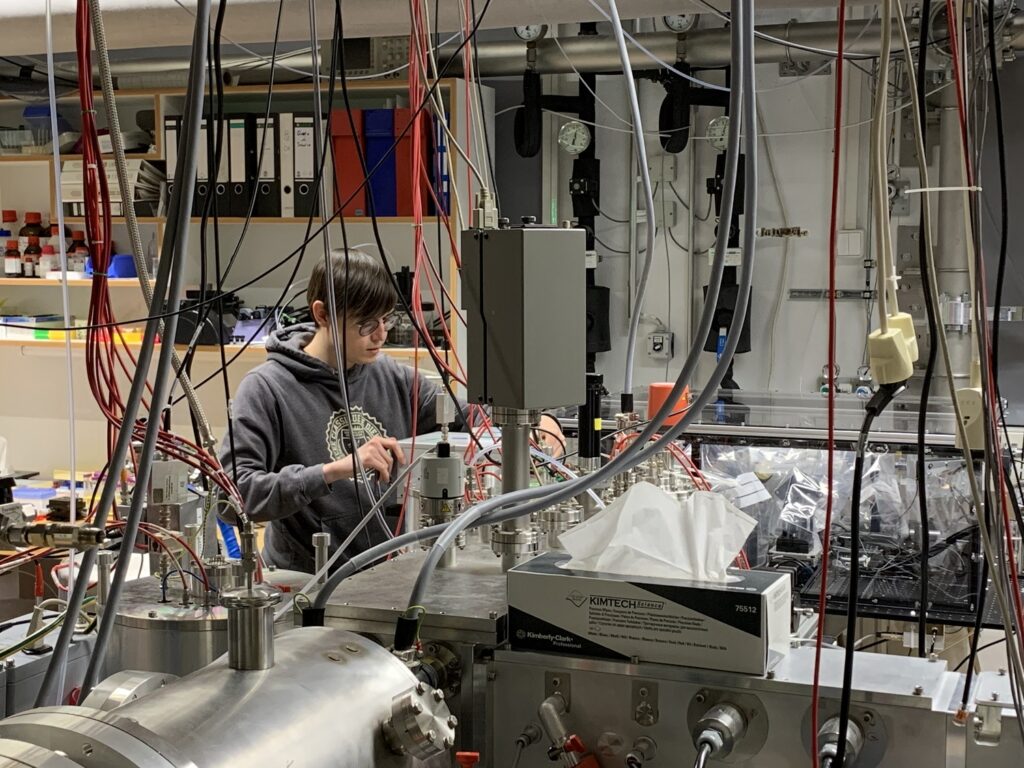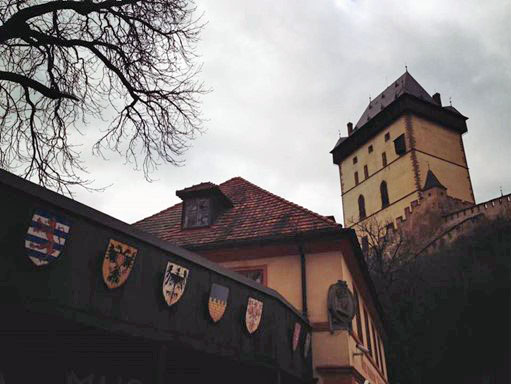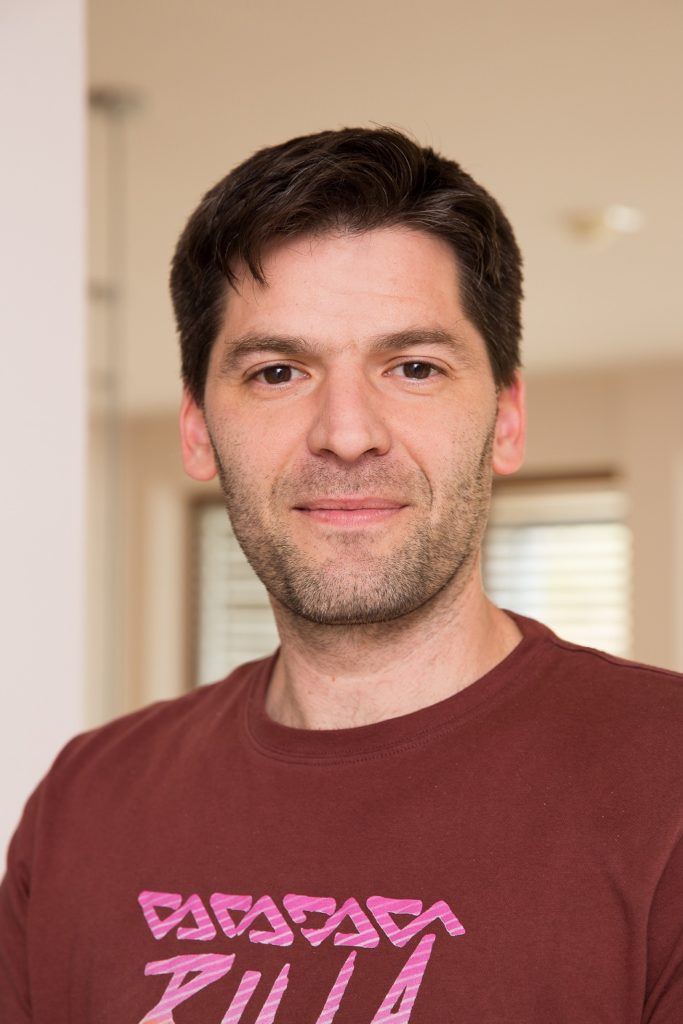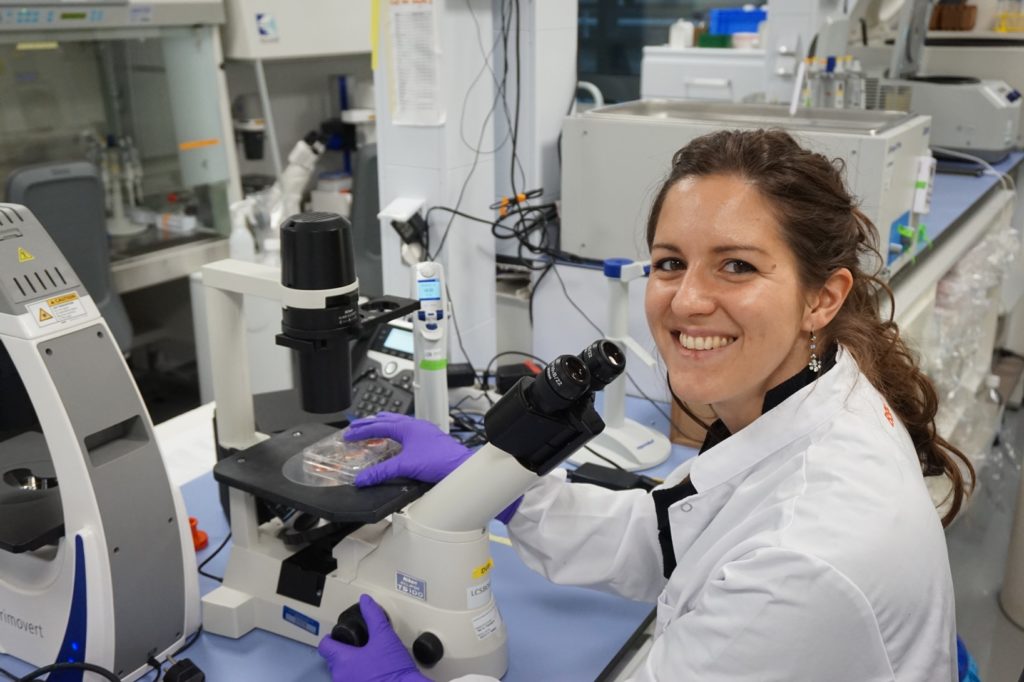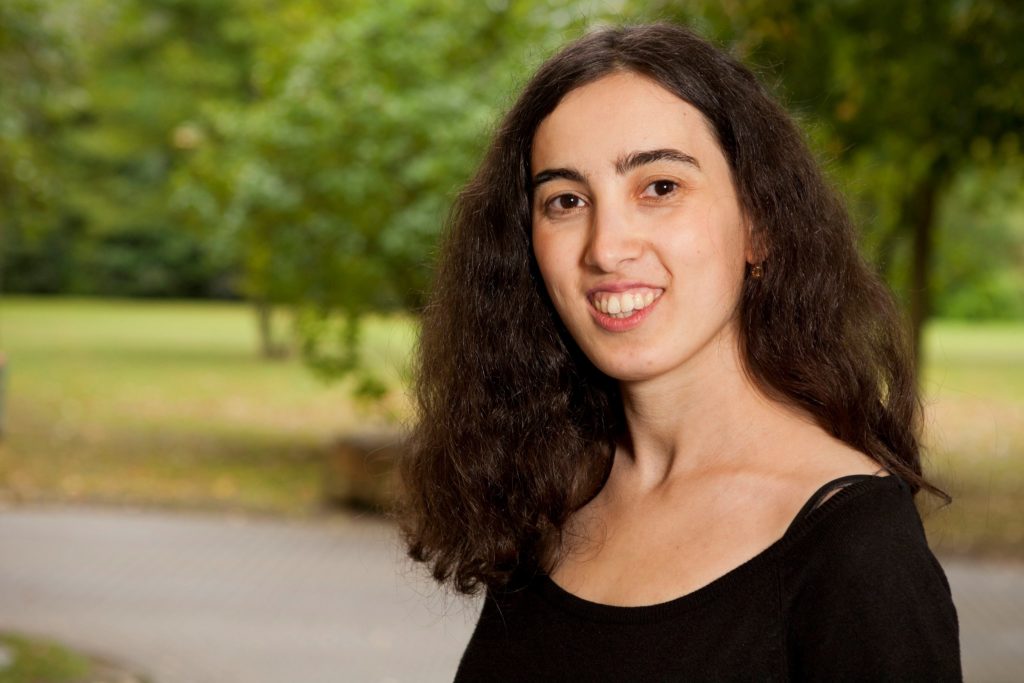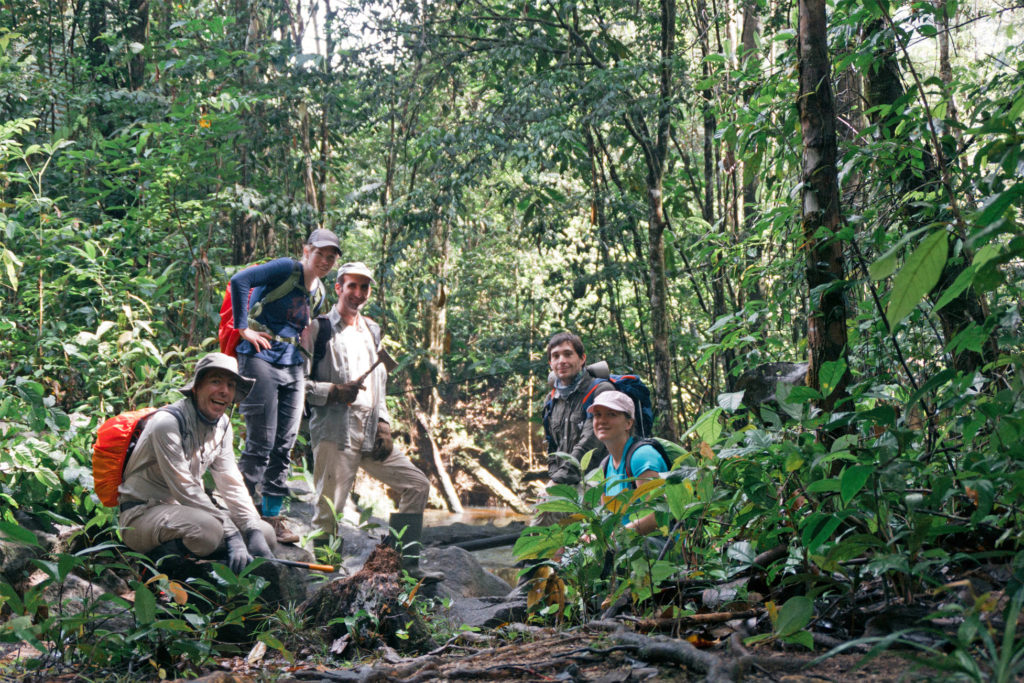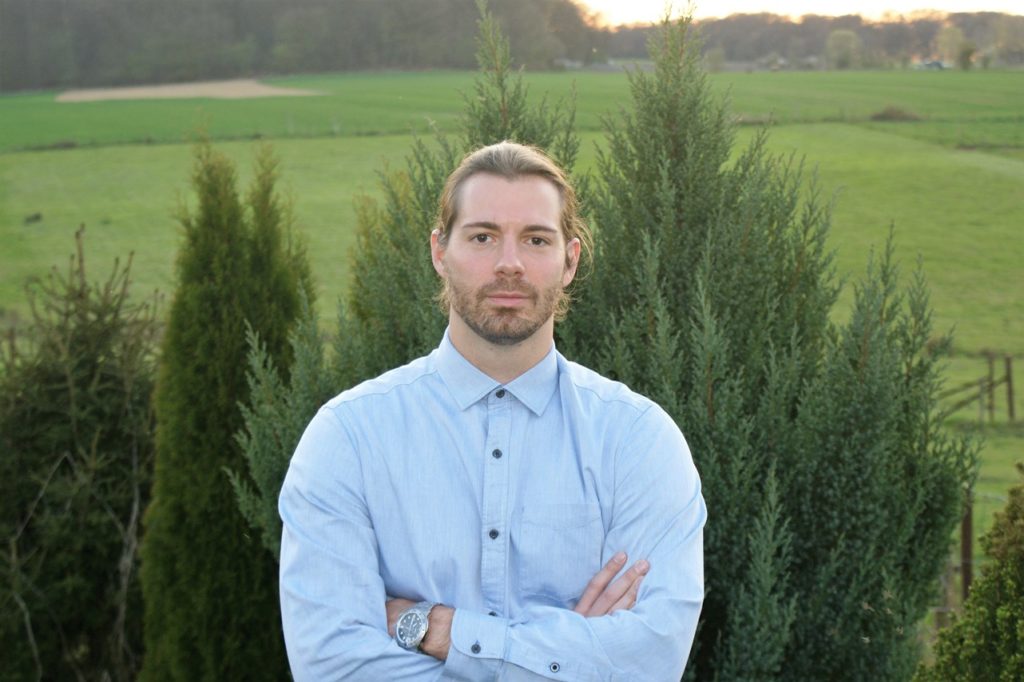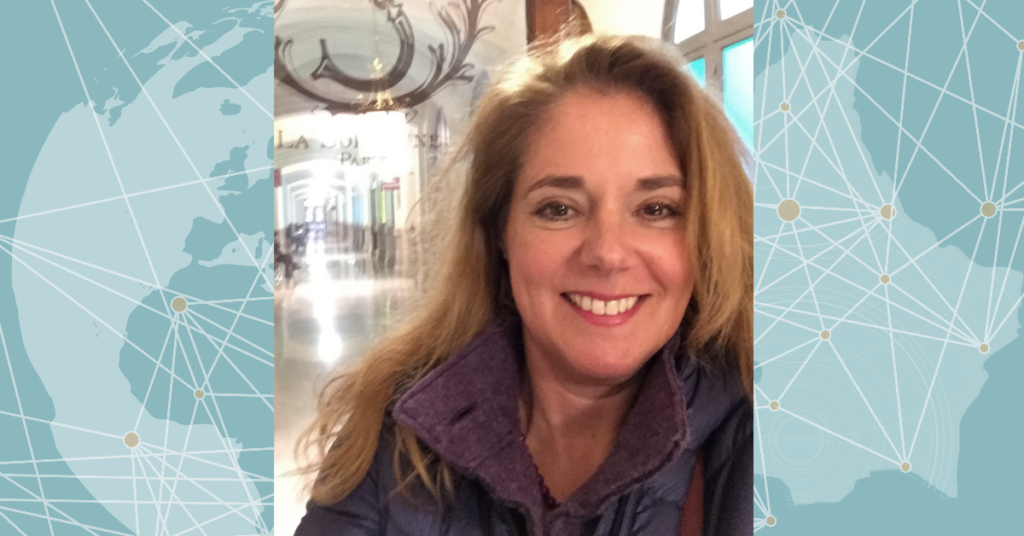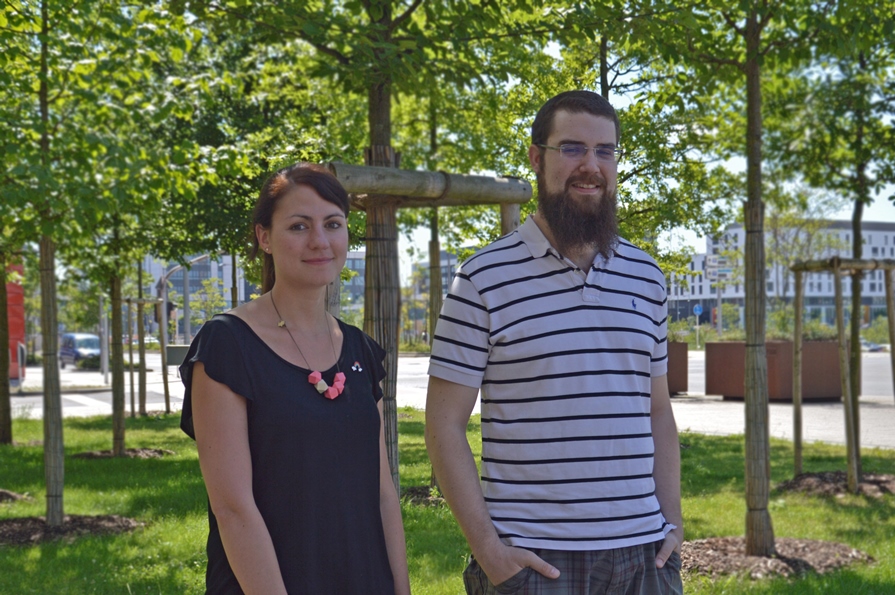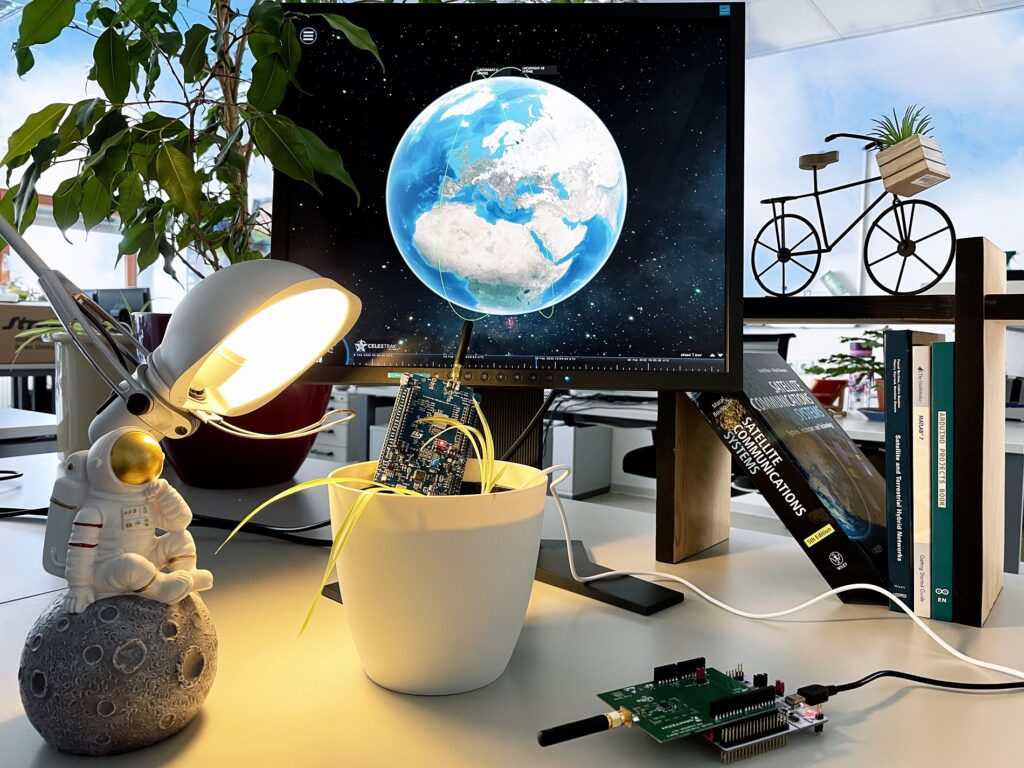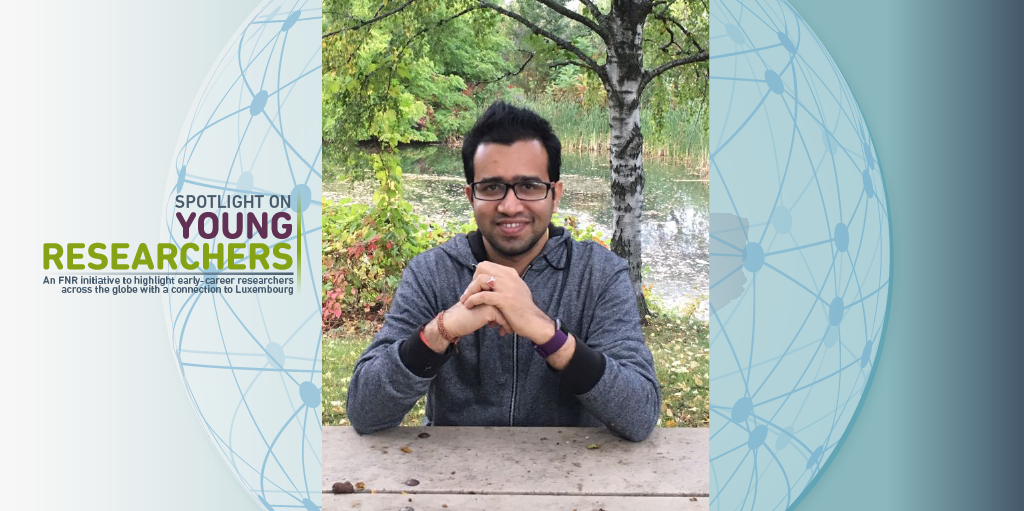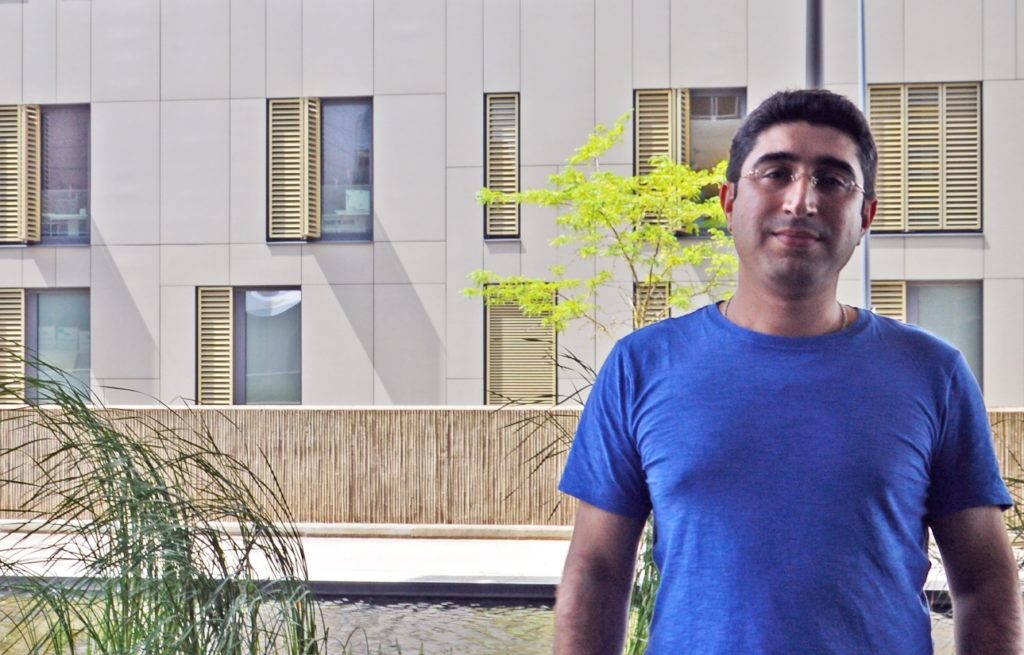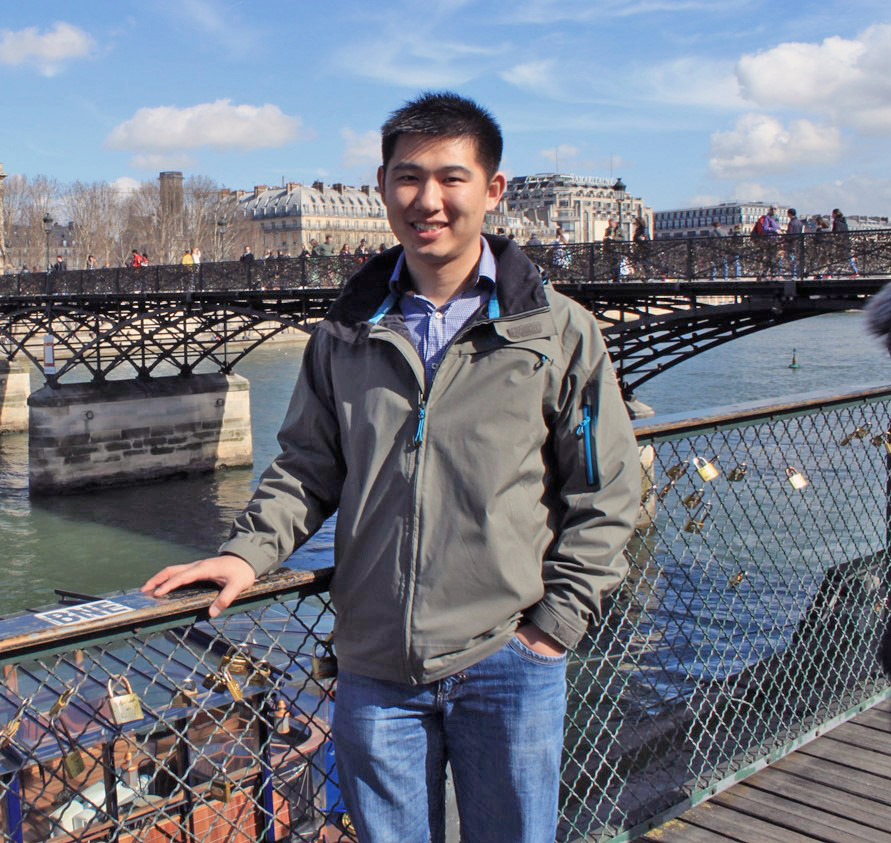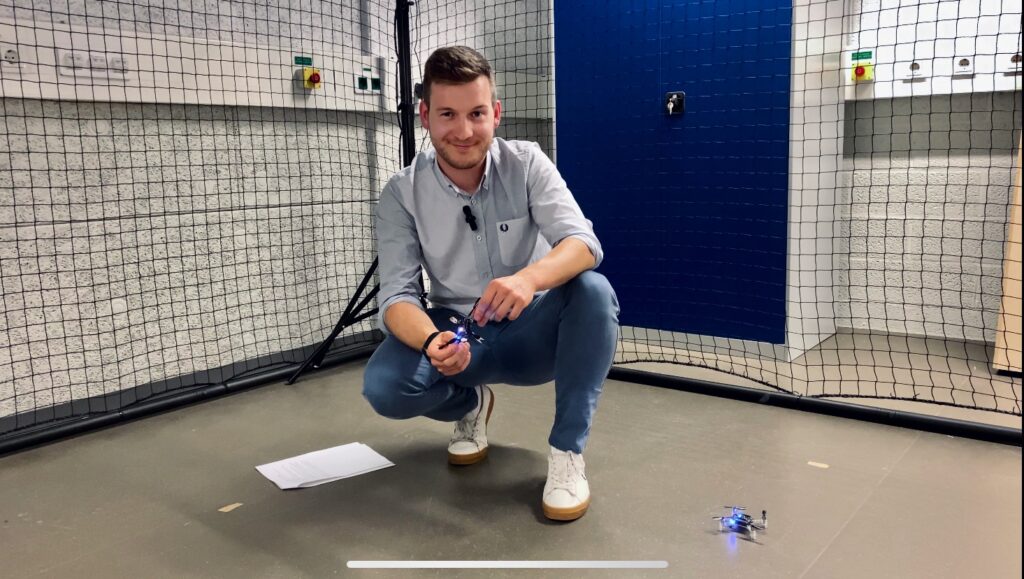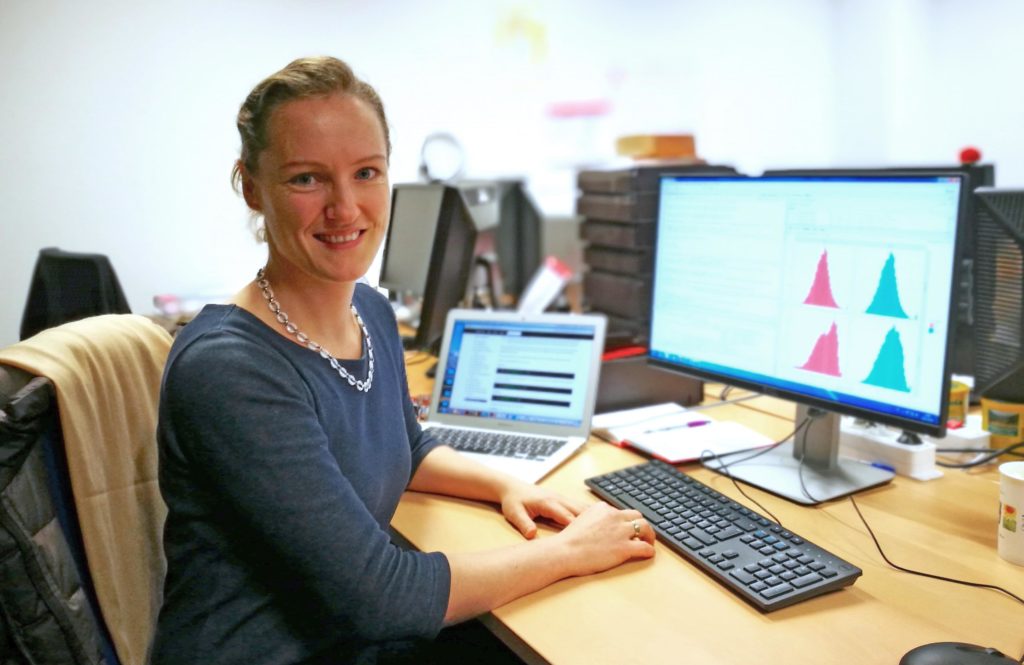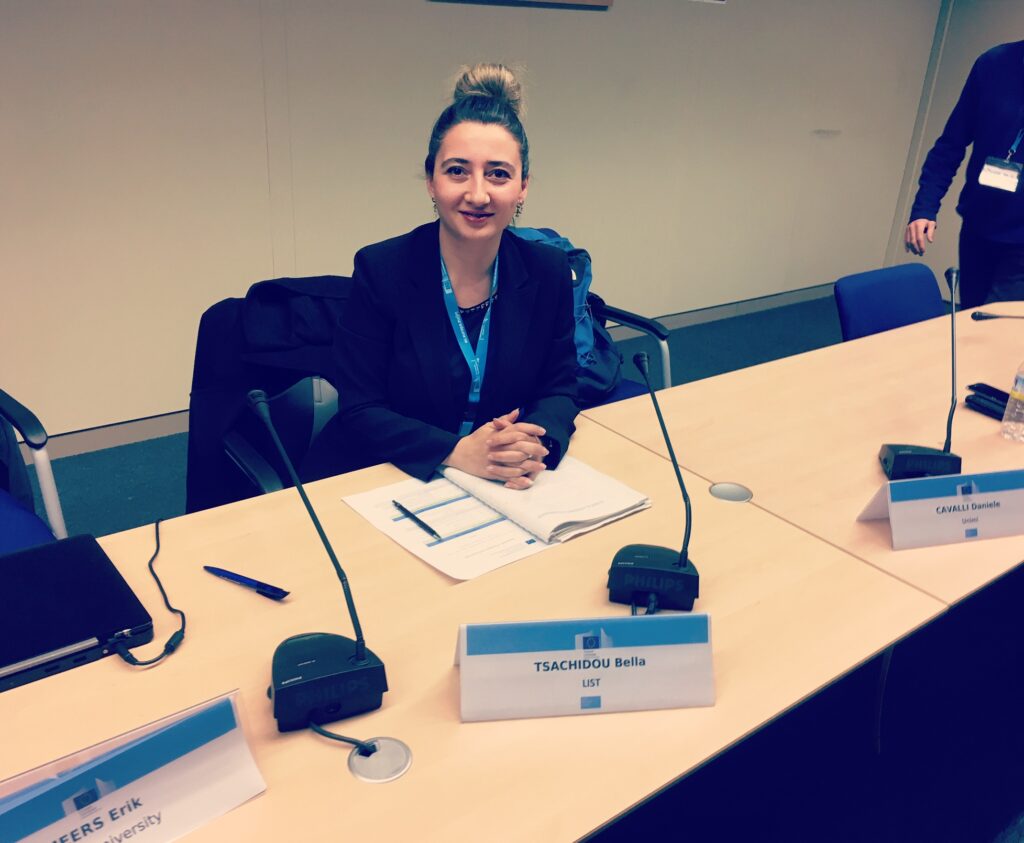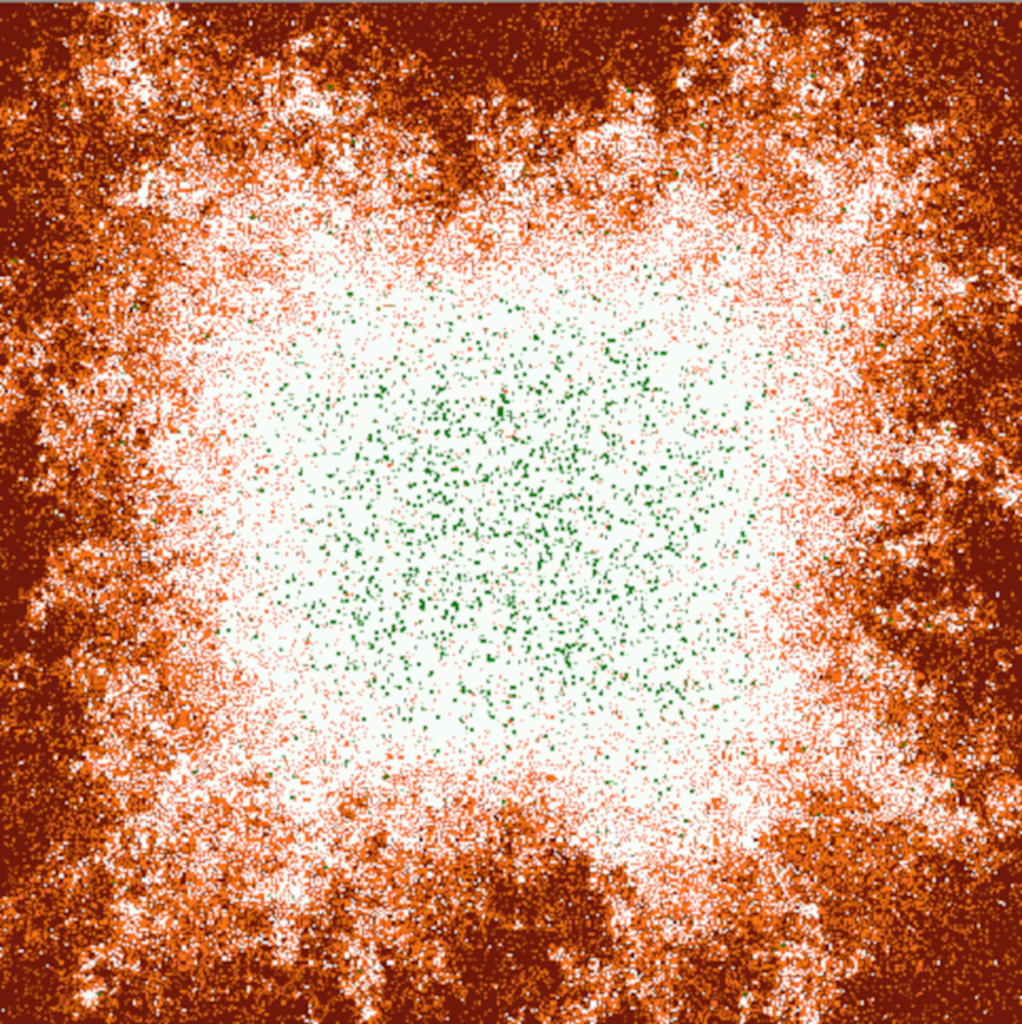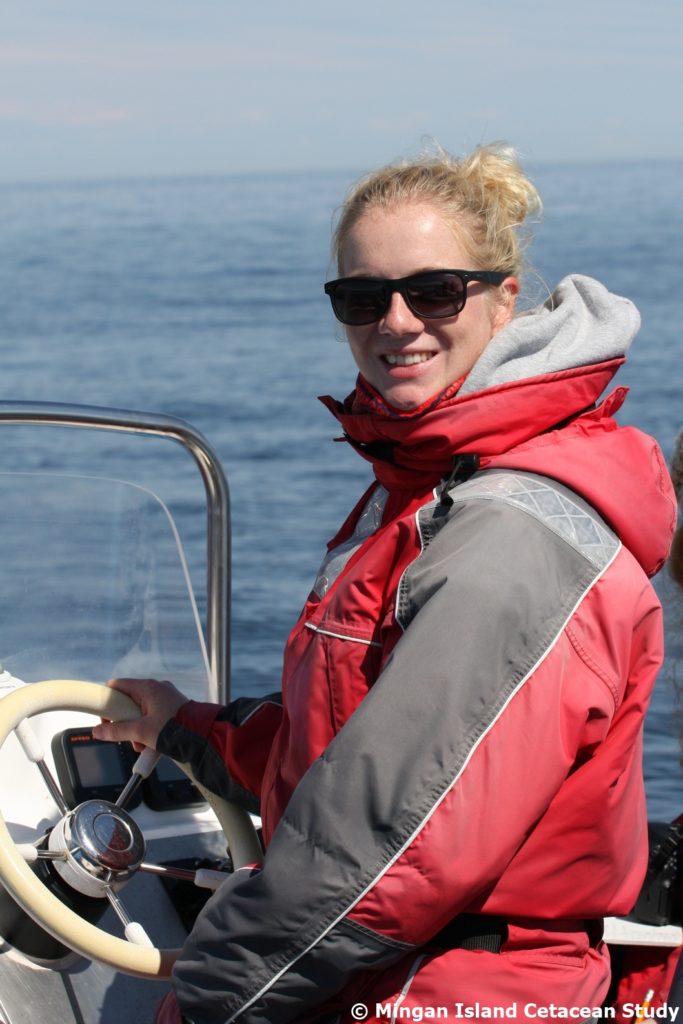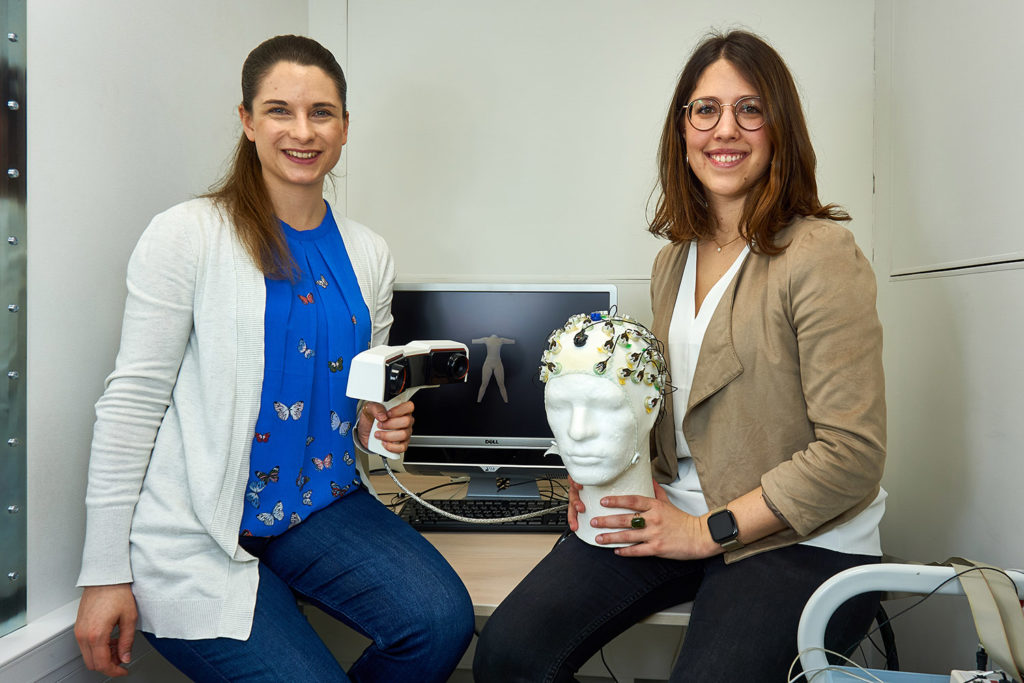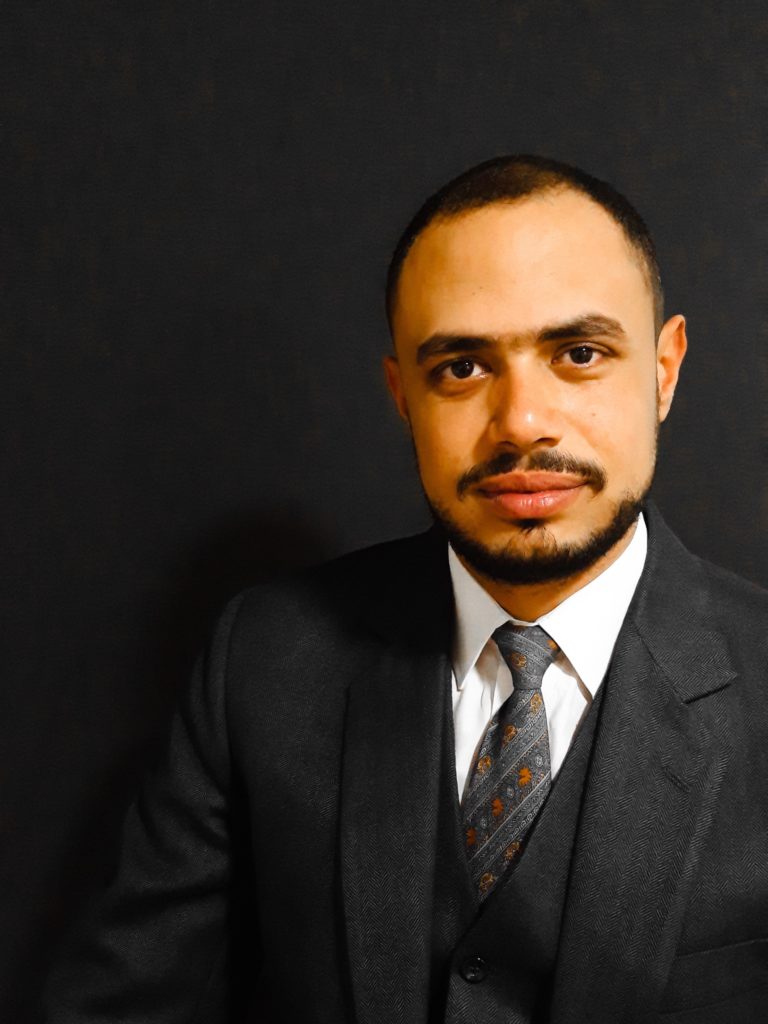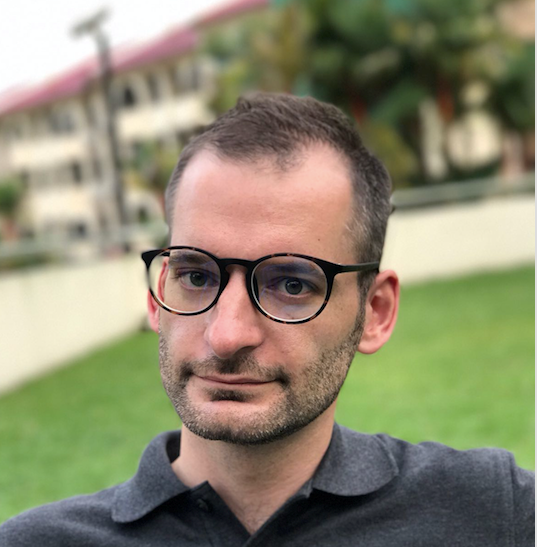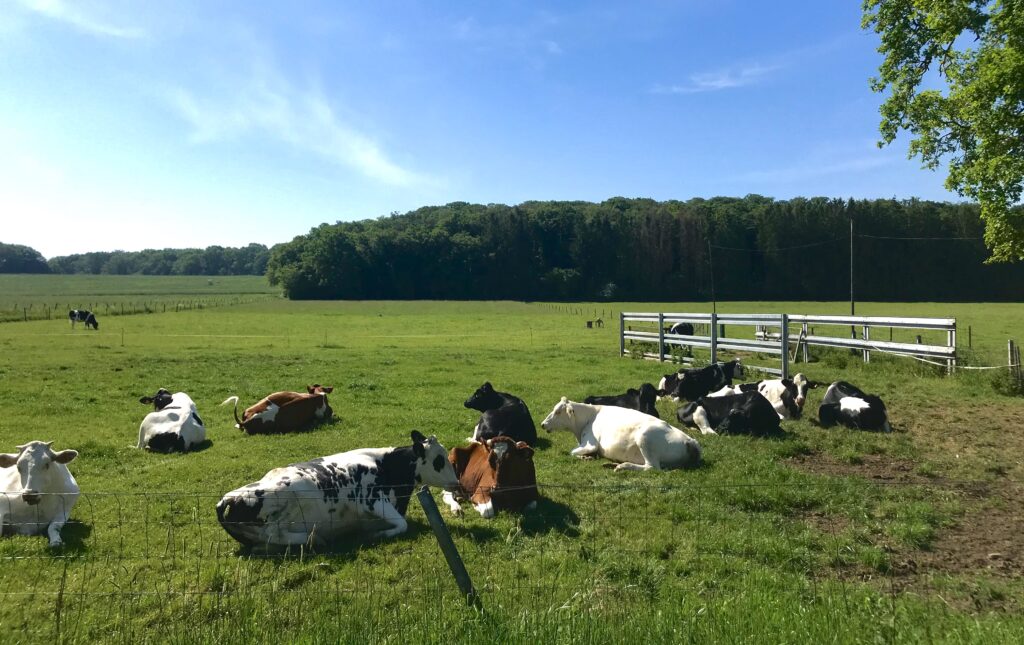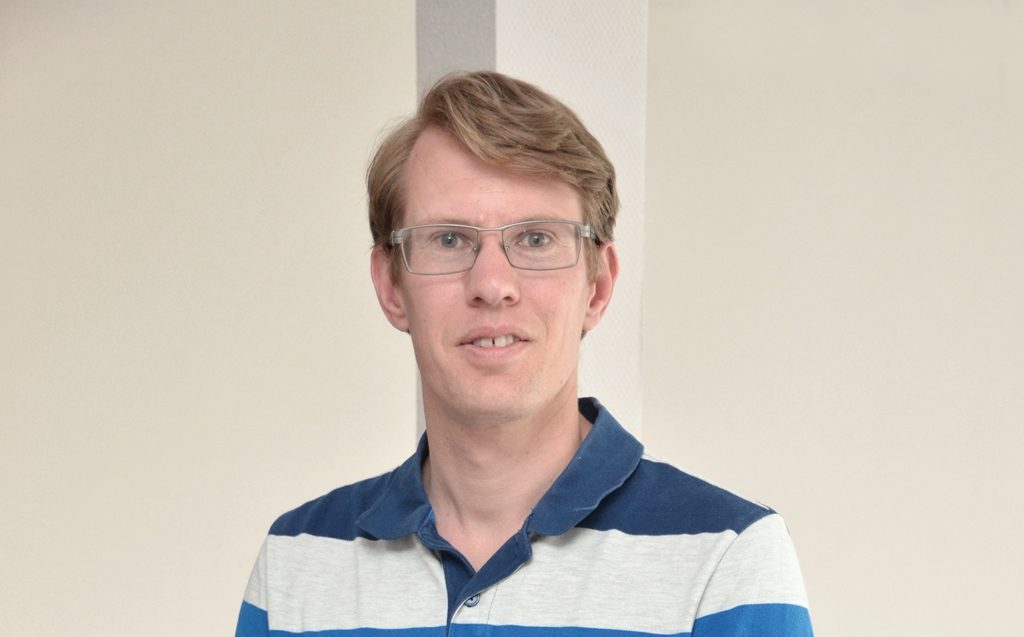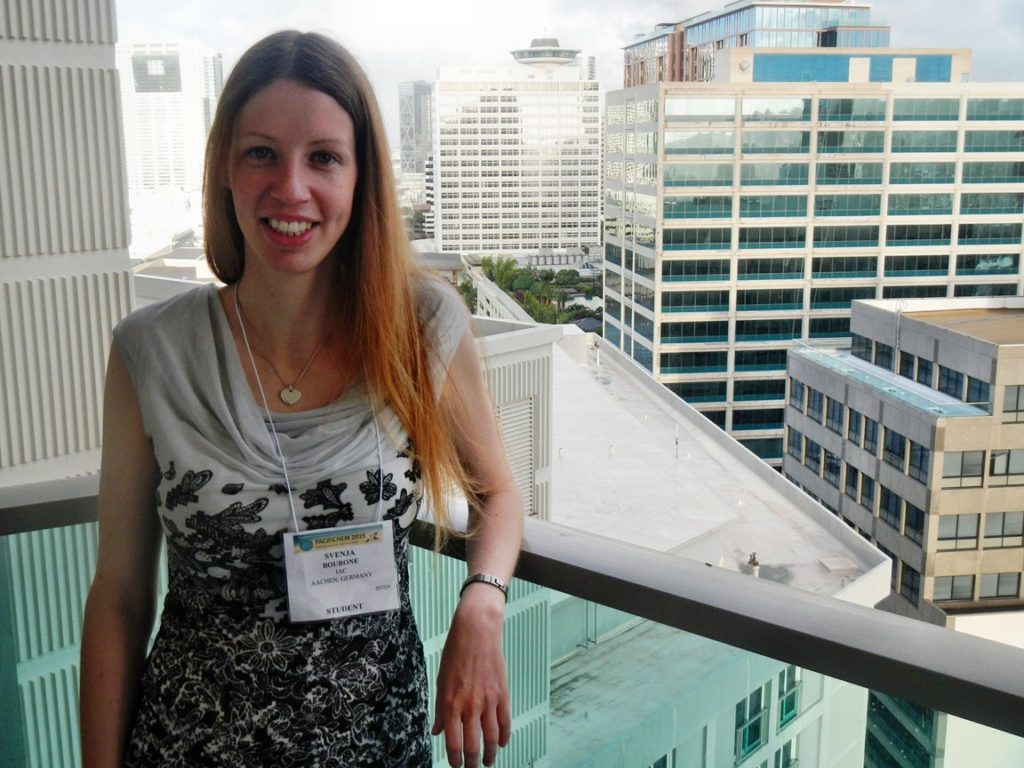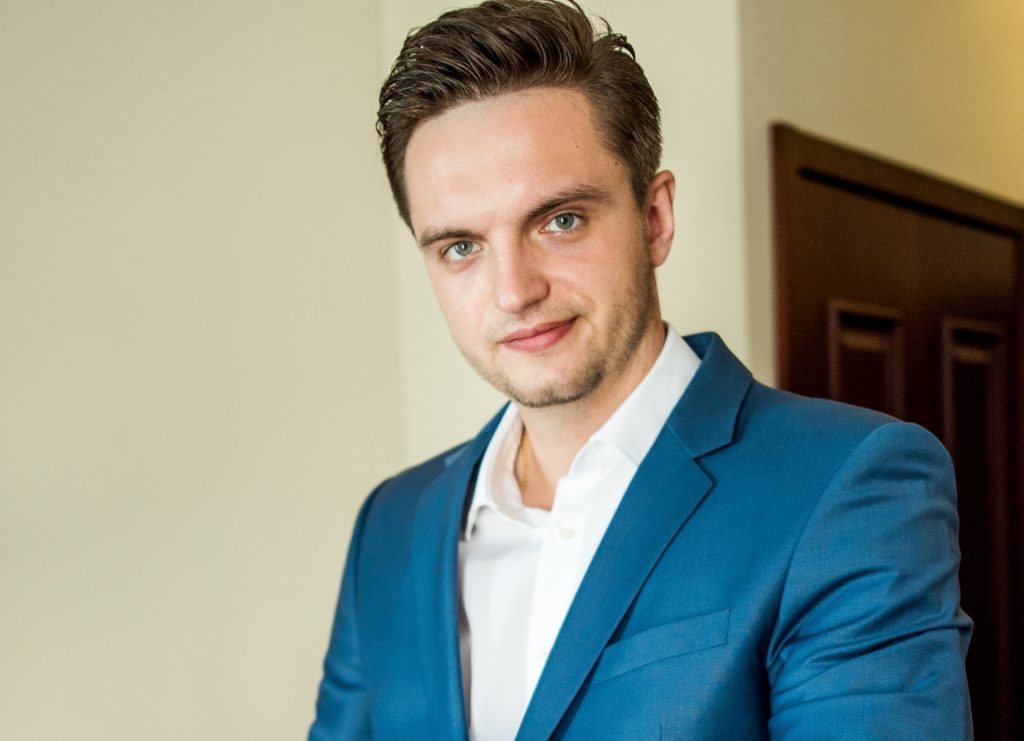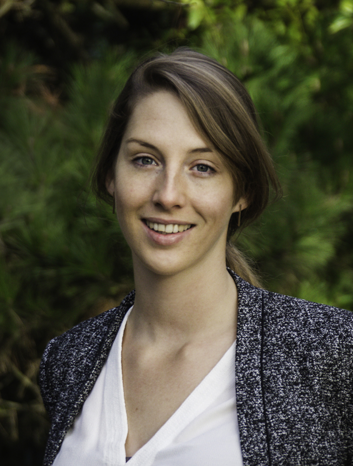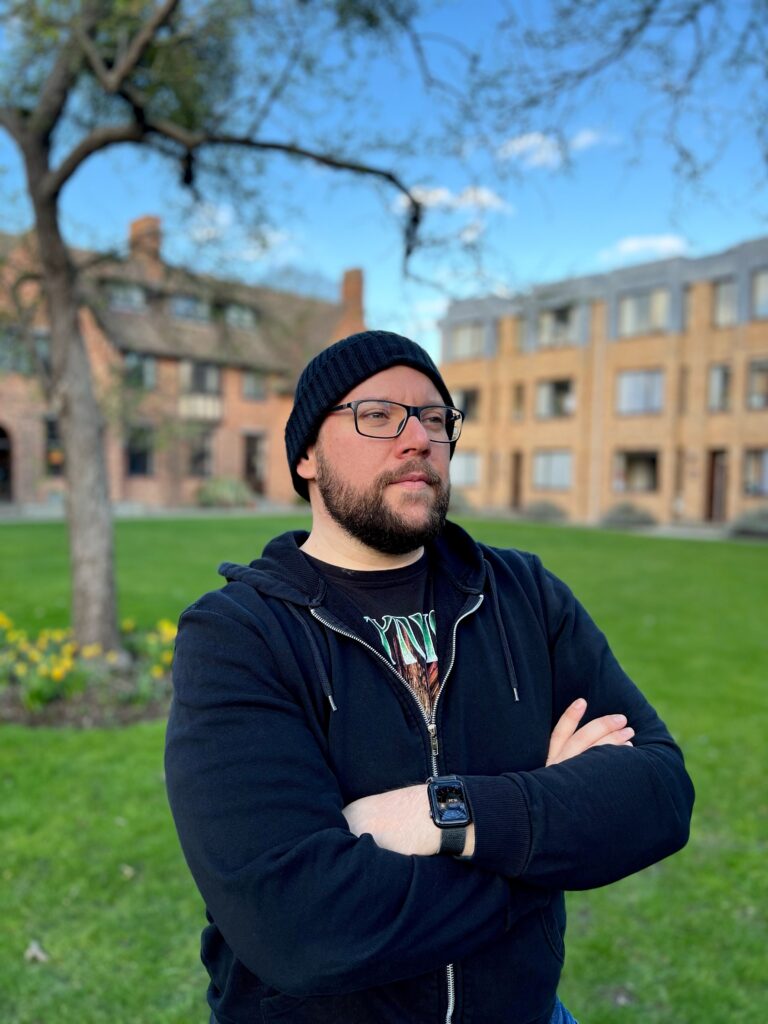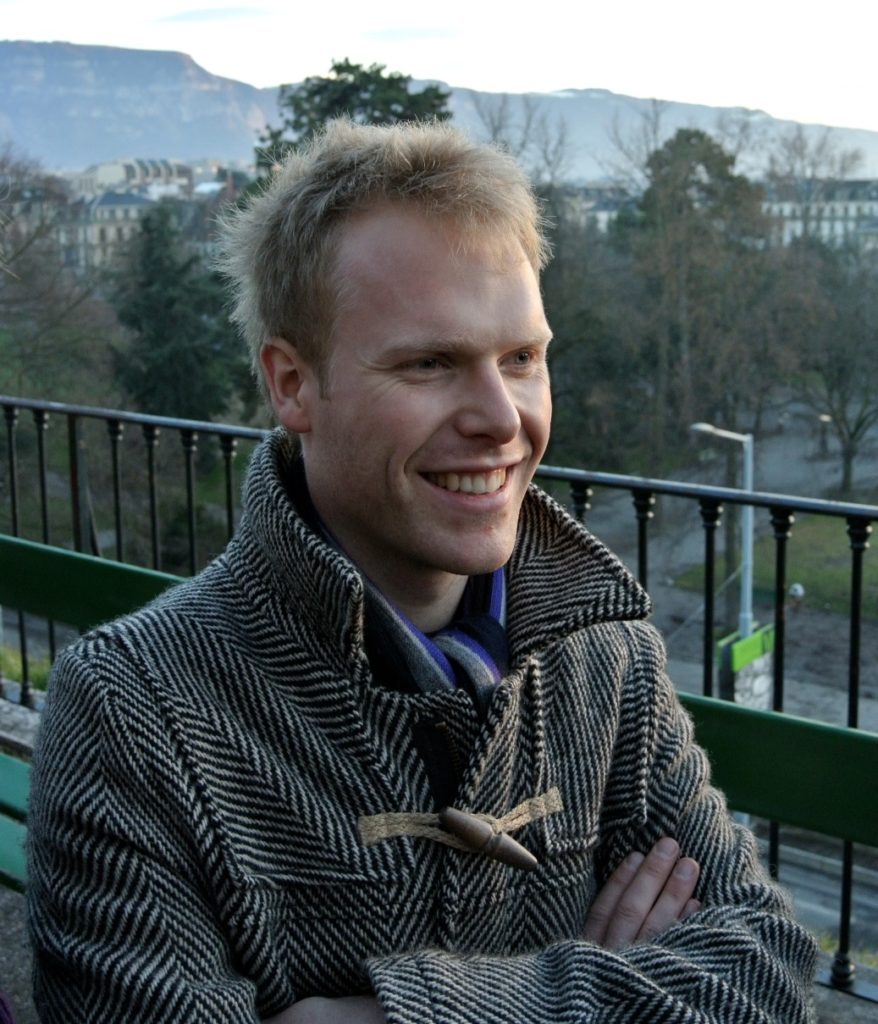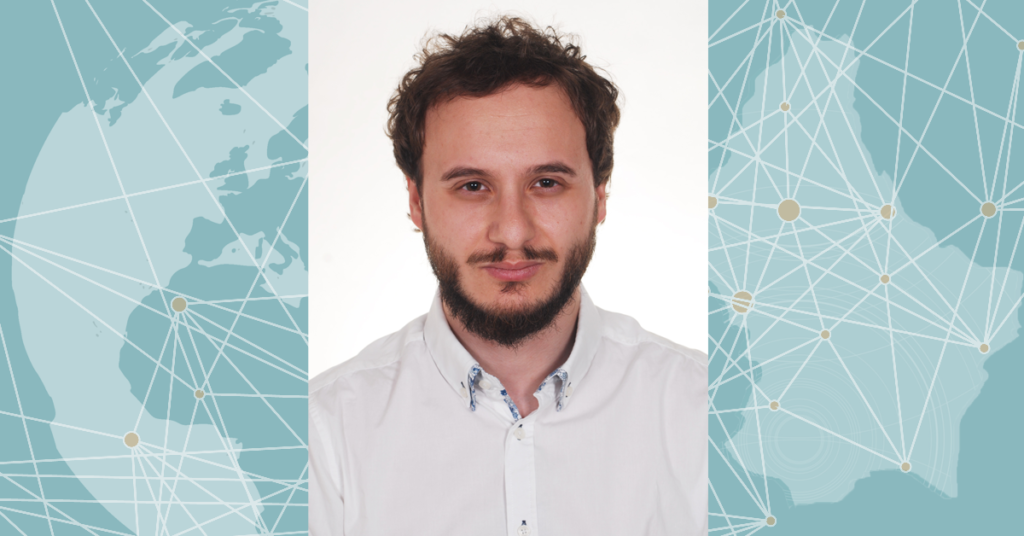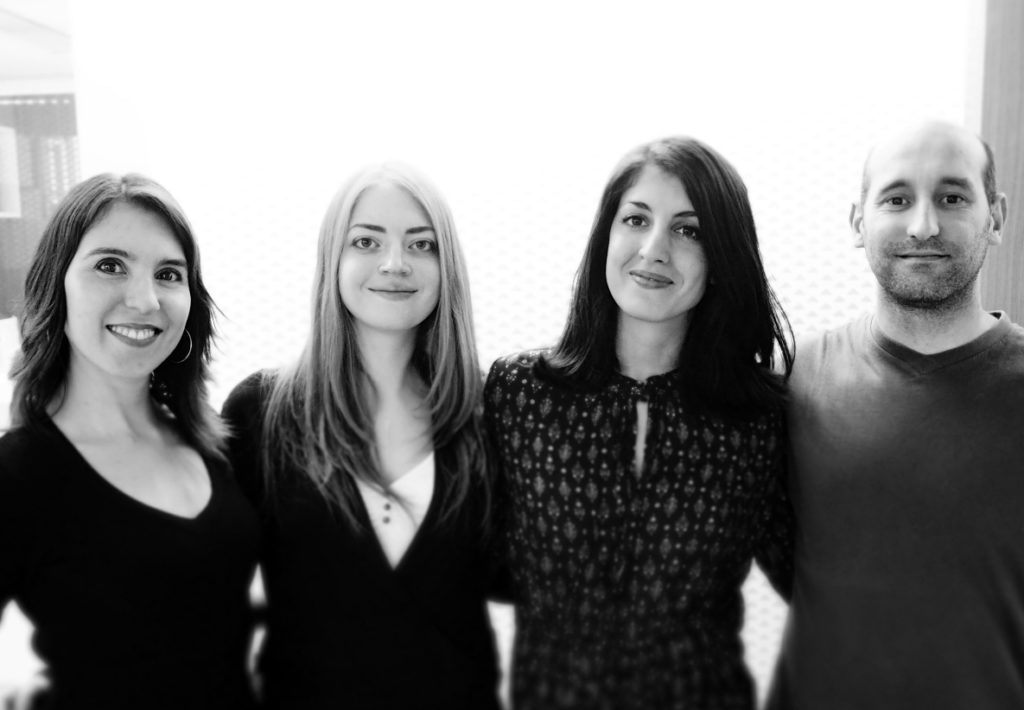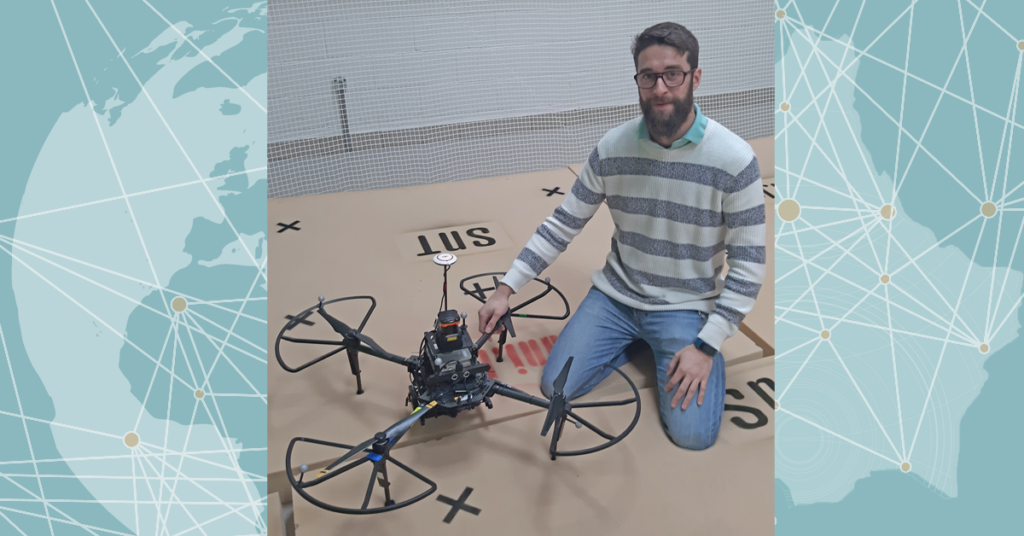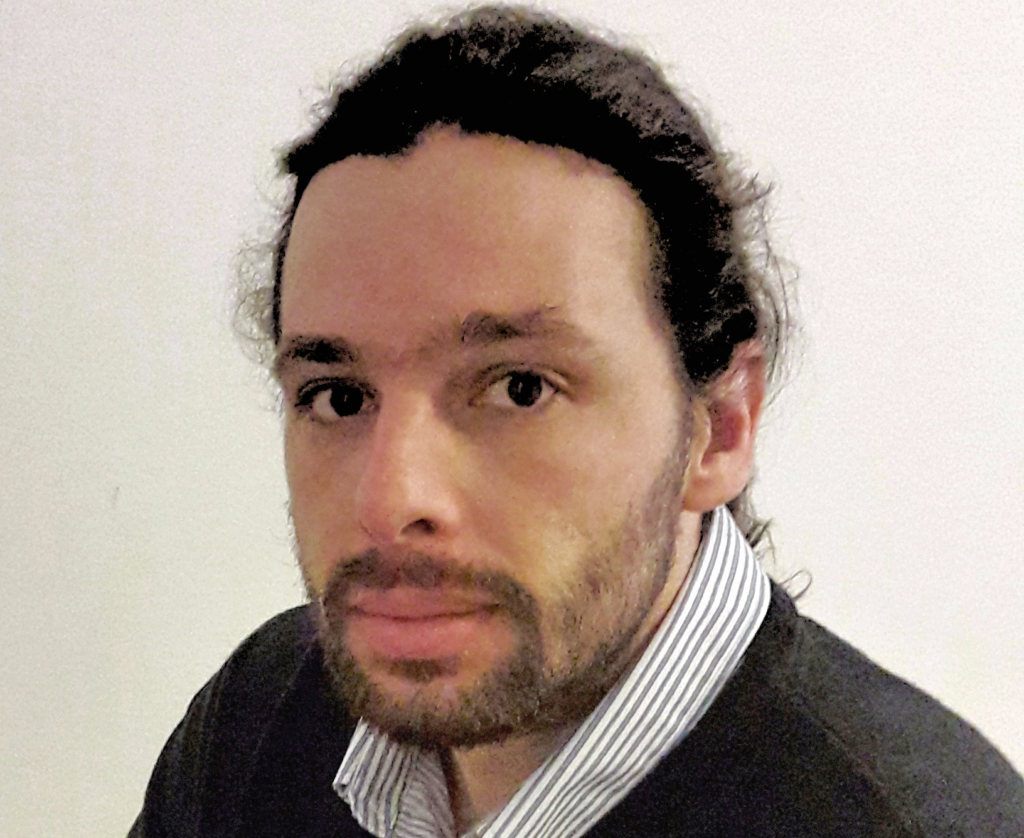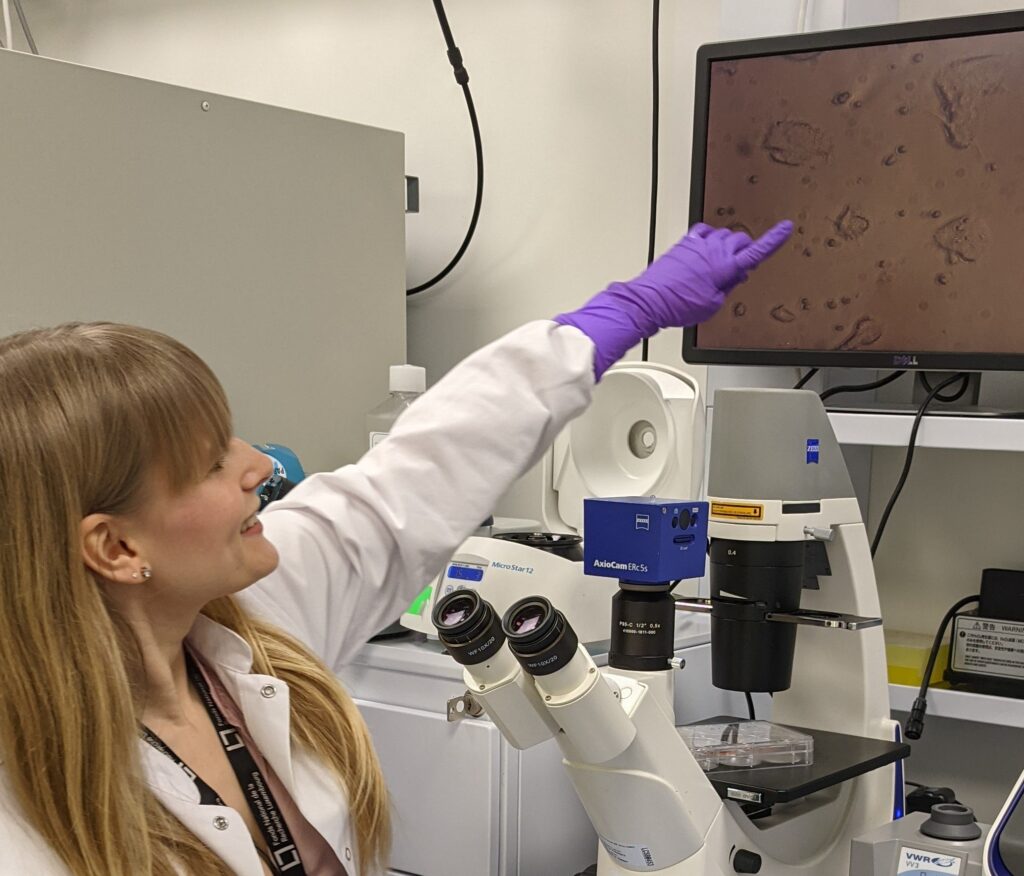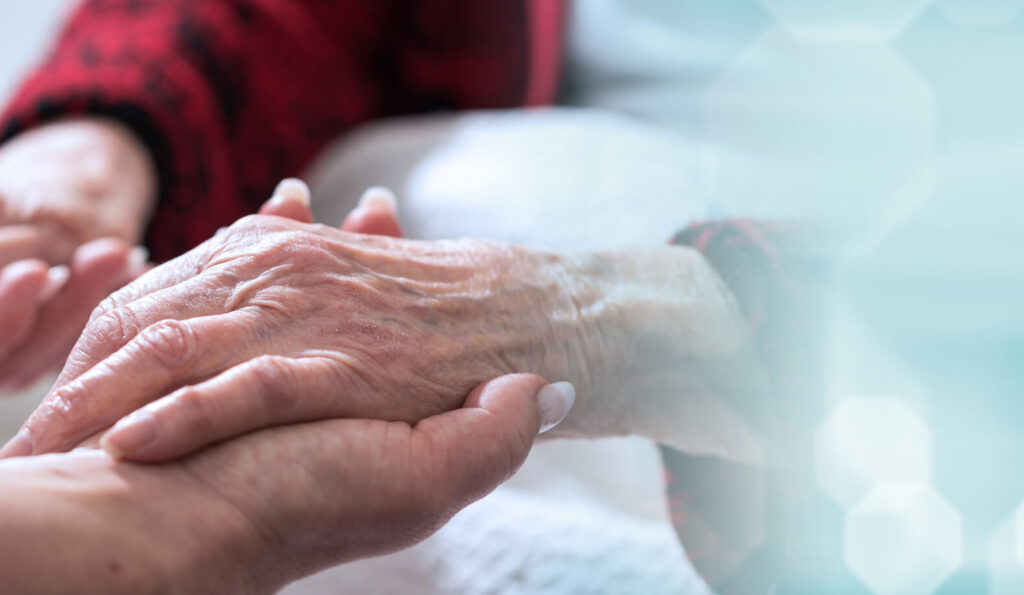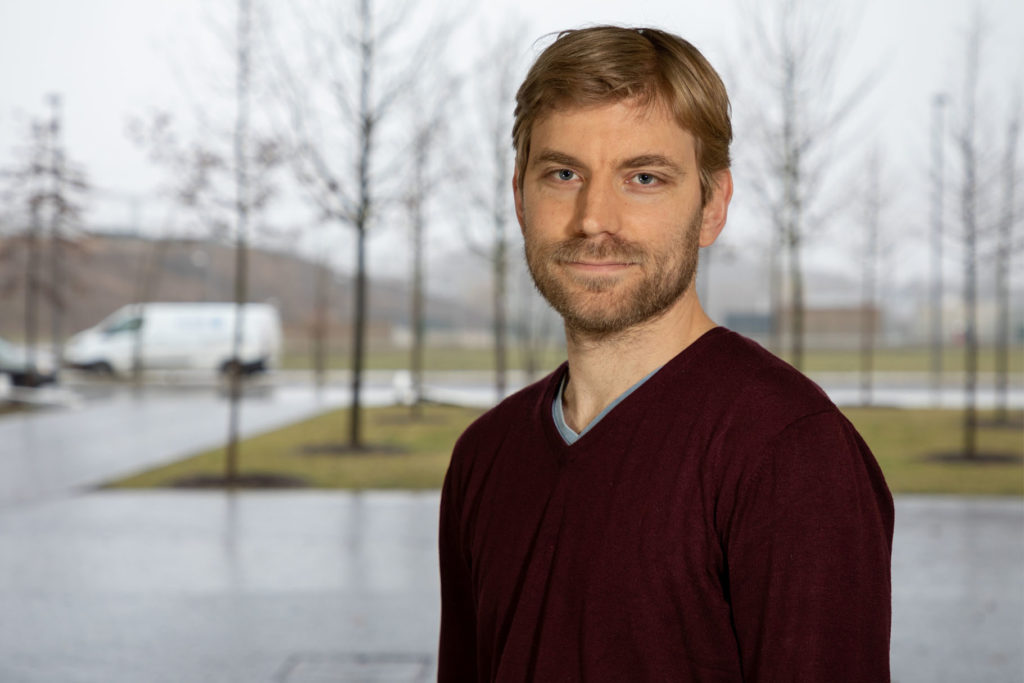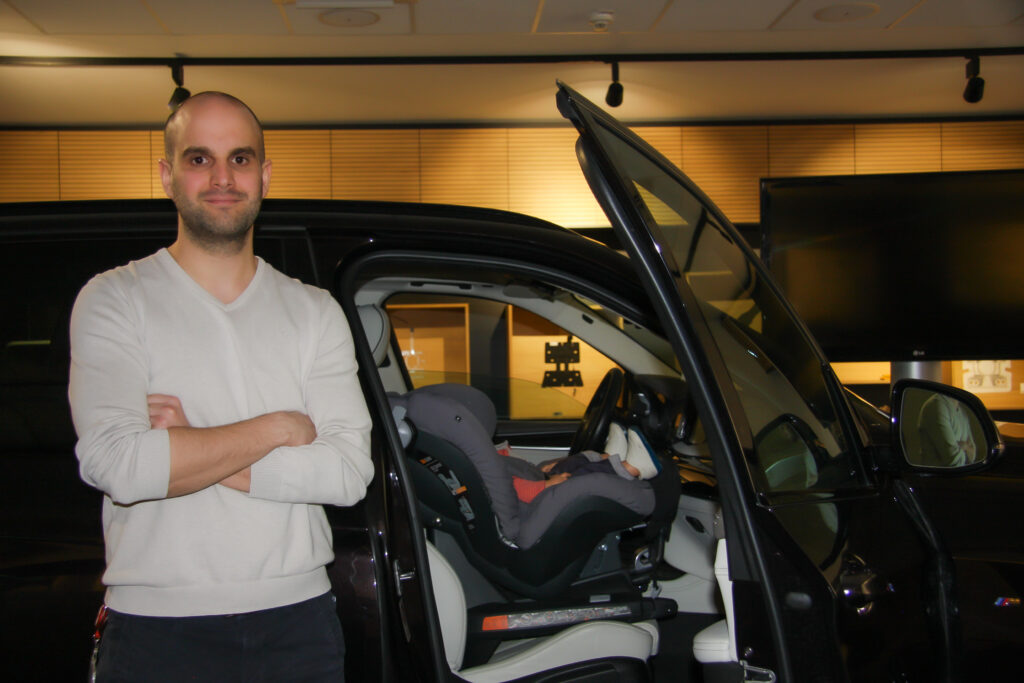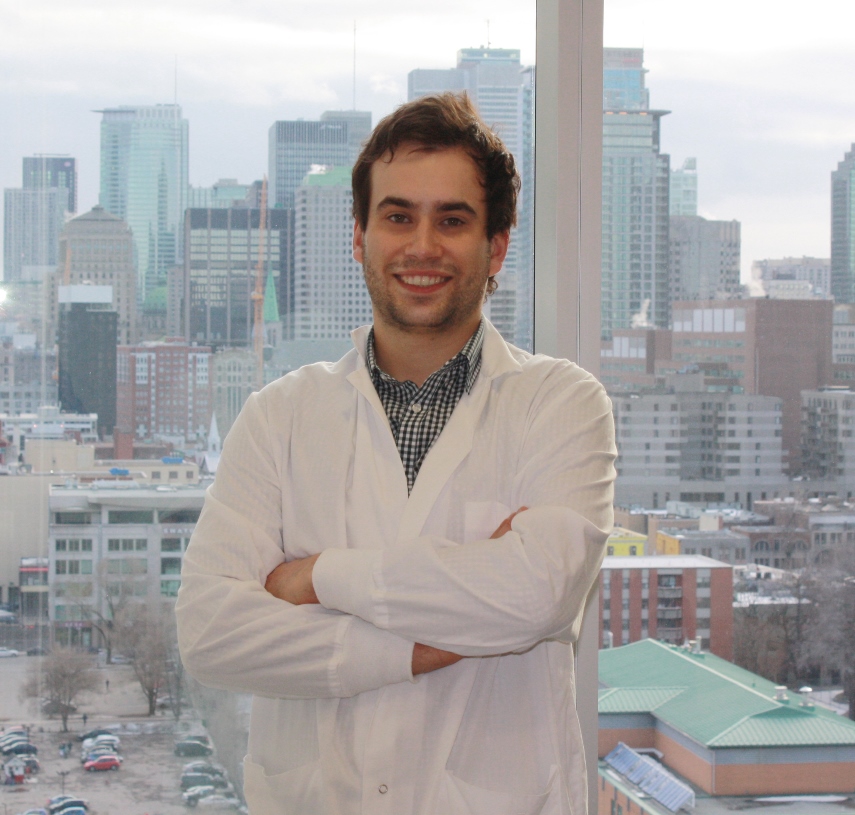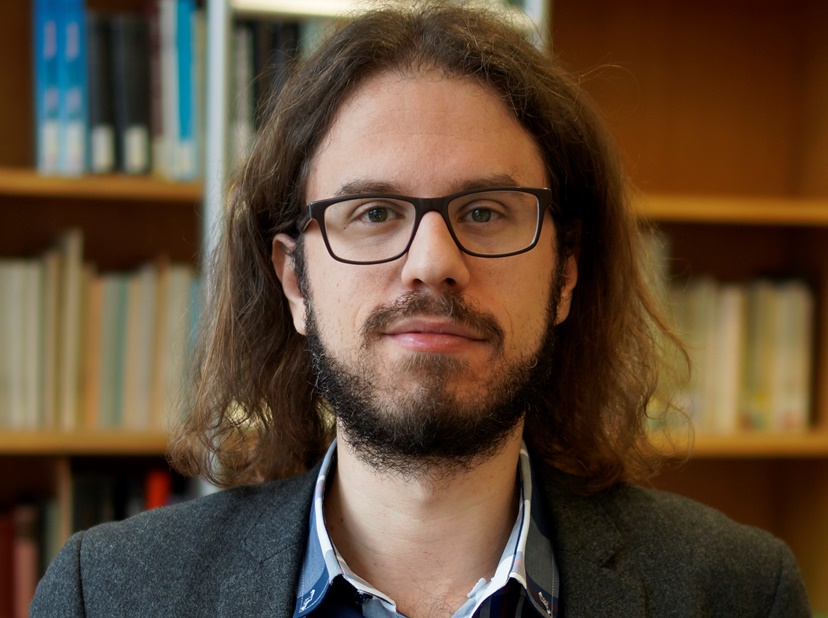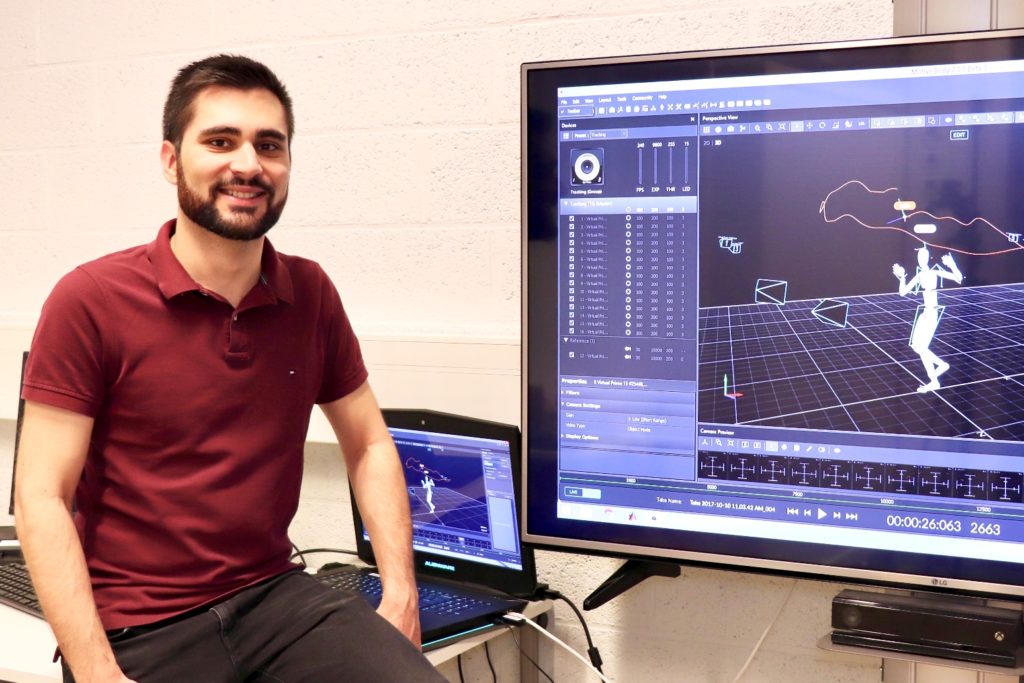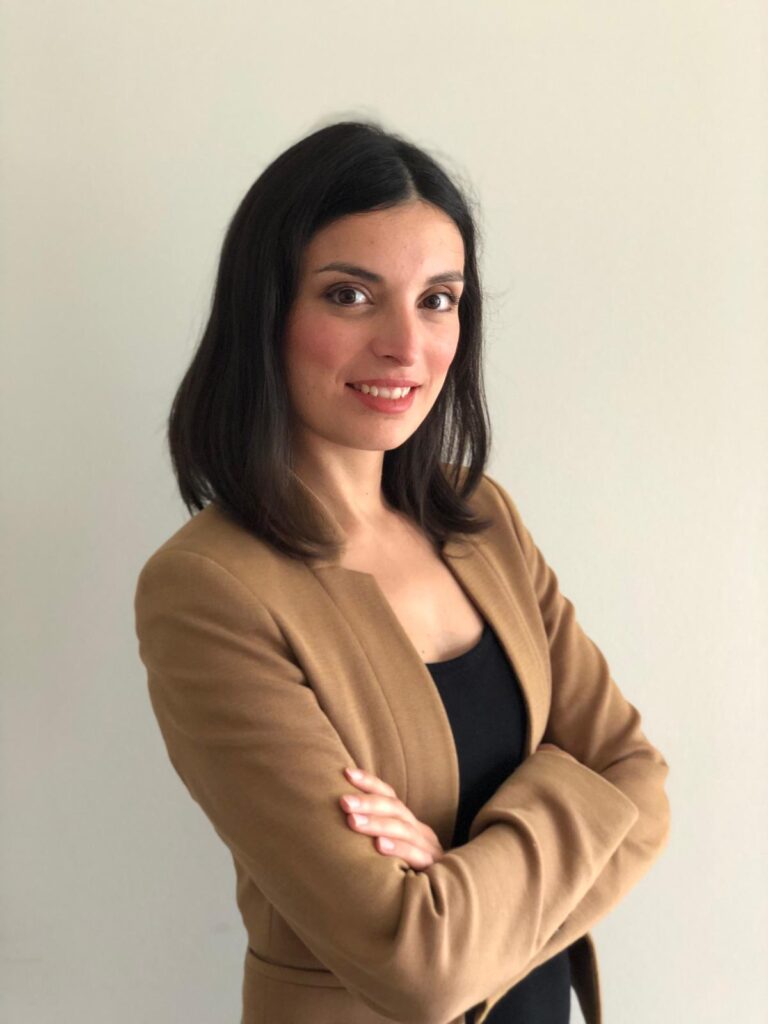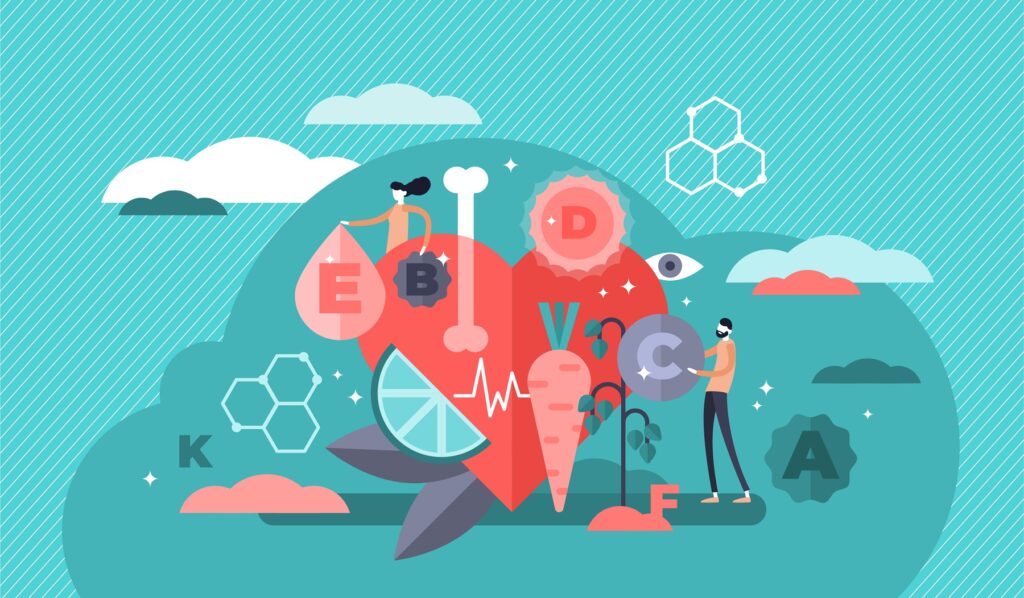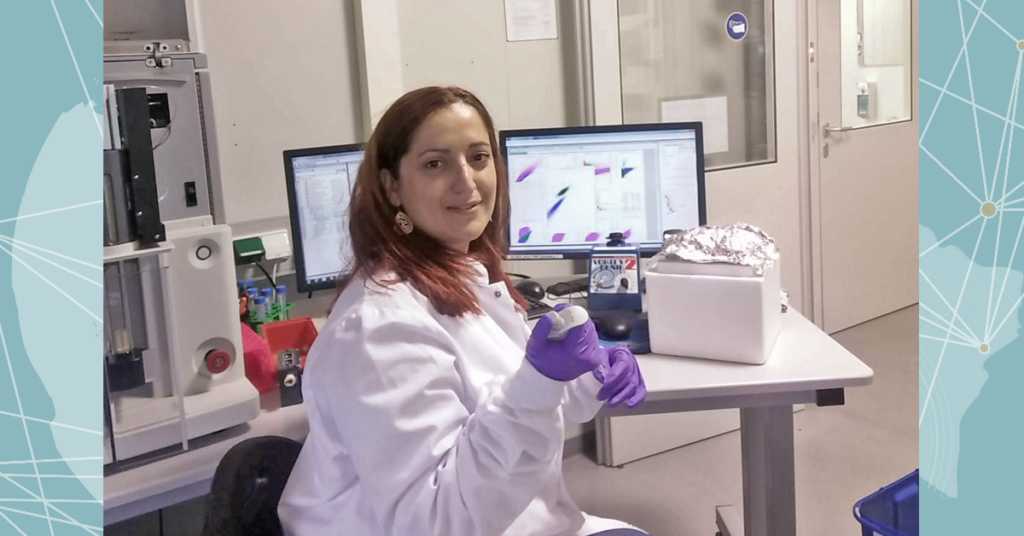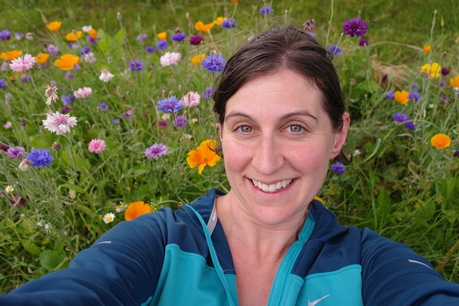
Paul Johanns works in a research field one does not read about every day: knots. As part of his AFR PhD at the École polytechnique fédérale de Lausanne (EPFL), the Luxembourg national combines high-precision model experiments, computation and theory to untangle the influence of topology on the mechanics of complex knots, particularly those used in surgical procedures.
Knots are found everywhere – from polymer chains to the shipping industry, knots are ubiquitous across length scales. Over the last centuries, a vast amount of practical knowledge about knots has been acquired in applications including sailing, climbing and surgery.
Medical sutures: Disastrous consequences if a knot fails
Knots are omnipresent in medicine, where they are used as ligatures to bind surgical thread during suturing. Knots are the weakest link in a suture and consequences can be grave if a knotted suture fails to perform its functions.
“Massive bleeding may occur when the suture loop surrounding a vessel becomes untied or breaks, this can lead to wound dehiscence or an incisional hernia may follow knot disruption. In high-tension closures, such as tendon repairs, knot unravelling rates can be as high as 86%,” explains Paul Johanns, continuing:
“Even if the importance of mechanical analysis of knots has long been recognized in the medical profession, established guidelines for best practices rely primarily on empirical data gained from historical experience, not on structural analysis.”
Despite their wide application, the predictive understanding of the underlying physical mechanisms in knots remains crude.
“Recent advances in biomedical materials have proliferated the usage of filaments with different physical properties (e.g., stiffness and friction) and different suture materials (non-absorbable vs. absorbable). Consequently, traditional guidelines for suturing and knot tying based on empirical knowledge face the danger of obsolesce with new material and technological developments.”
“The rudimentary and mostly empirical state of the field begs for a detailed, systematic and generalizable investigation that is based on predictive mechanistic principles which leverage the experimental, computational and analytical toolbox available in structural mechanics and nonlinear physics.”
Acquiring data on open knots
In general, realistic physical knots are tight, with no separation of length scales: the overall size of the knot, the diameter of the rod, and its characteristic radii of curvature are all of the same order.
Functioning knots also involve elastic and plastic deformations of the thread, as we as self-contact and non-trivial frictional interactions.
Now in the third year of his PhD at the École polytechnique fédérale de Lausanne (EPFL), Paul’s research tackles this by performing a combination of high precision experiments and finite element simulations. The goal is to acquire unprecedented data on the geometry and deformation of open knots.
“At the Flexible Structures Laboratory (fleXLab), we make use of X-ray micro-computed tomography (microCT) to acquire volumetric information of knotted configurations on homogeneous elastomeric rods, especially regarding the geometry of the centerline and the regions of self-contact.
“Emphasis is placed on systematically exploring how the mechanical properties of the rod, friction, the externally applied loads, and the highly non-linear geometric configurations all conspire to dictate the mechanical performance of knotted structures.
“We hope that the physical insight gained from this experimental characterization will form the bases for future predictive models for physical knots.”

understanding of the large deformation of slender structures.”



sutures are produced by robot-assisted surgical systems, like the depicted da Vinci surgical system by INTUITIVE.”
From USA to Switzerland
Before his PhD in Switzerland, Luxembourg national Paul during his Masters contributed to the development of tensegrity-inspired structures, used to protect planetary landers against impacts. The project took place at the California Institute of Technology (Caltech) in collaboration with the Jet Propulsion Laboratory (JPL), a research center of NASA.
“This work gave me the opportunity to witness key steps in the initial and mid-term stages of a research project. I did not just experience a multitude of challenges that we had to overcome but also contributed to landmark decisions, shaping the future of this research.
“This project fascinated me in particular because of its innovative aspect: buckling, a mechanical instability of slender components was not considered as a structural failure but post-buckling was used for functional purposes.”
Right before his PhD started, Paul’s thesis director Prof. Pedro M. Reis – an expert in the mechanics and physics of solids and structures, moved from the Massachusetts Institute of Technology (USA) to EPFL, where Paul is based now, a huge learning experience for Paul:
“Setting up our experiment-driven laboratories involved the acquisition and installation of experimental, fabrication, chemical, as well as imaging lab equipment, and was an extremely valuable experience in my research career.”
Still early in his research career, Paul has already seized many opportunities to participate in major international conferences and a summer school, developing the essential network a researcher needs while also learning about advanced and state-of-the-art topics in his field.
About Spotlight on Young Researchers
Spotlight on Young Researchers is an FNR initiative to highlight early career researchers across the world who have a connection to Luxembourg. The campaign is now in its 5th year, with 60+ researchers already featured. Discover more young researcher stories below.
More in the series SPOTLIGHT ON YOUNG RESEARCHERS
- All
- Cancer research
- Environmental & Earth Sciences
- Humanities & Social Sciences
- Information & Communication Technologies
- Law, Economics & Finance
- Life Sciences, Biology & Medicine
- Materials, Physics & Engineering
- Mathematics
- Research meets industry
- Spotlight on Young Researchers
- Sustainable resource mgmt
- Women in science


